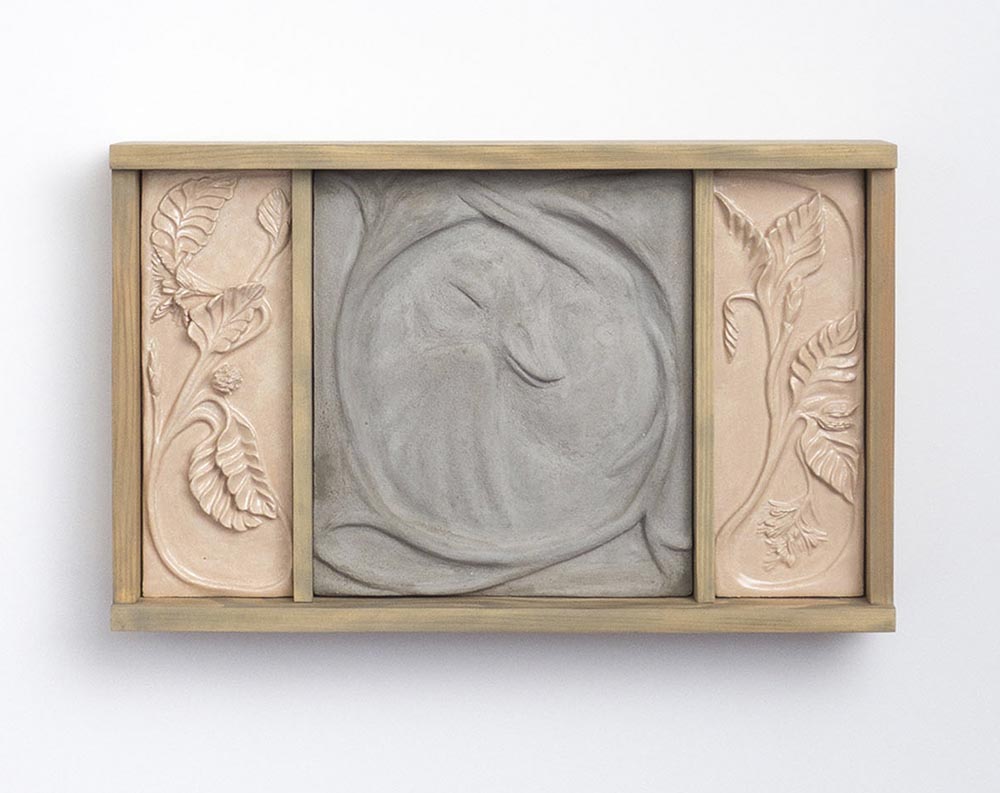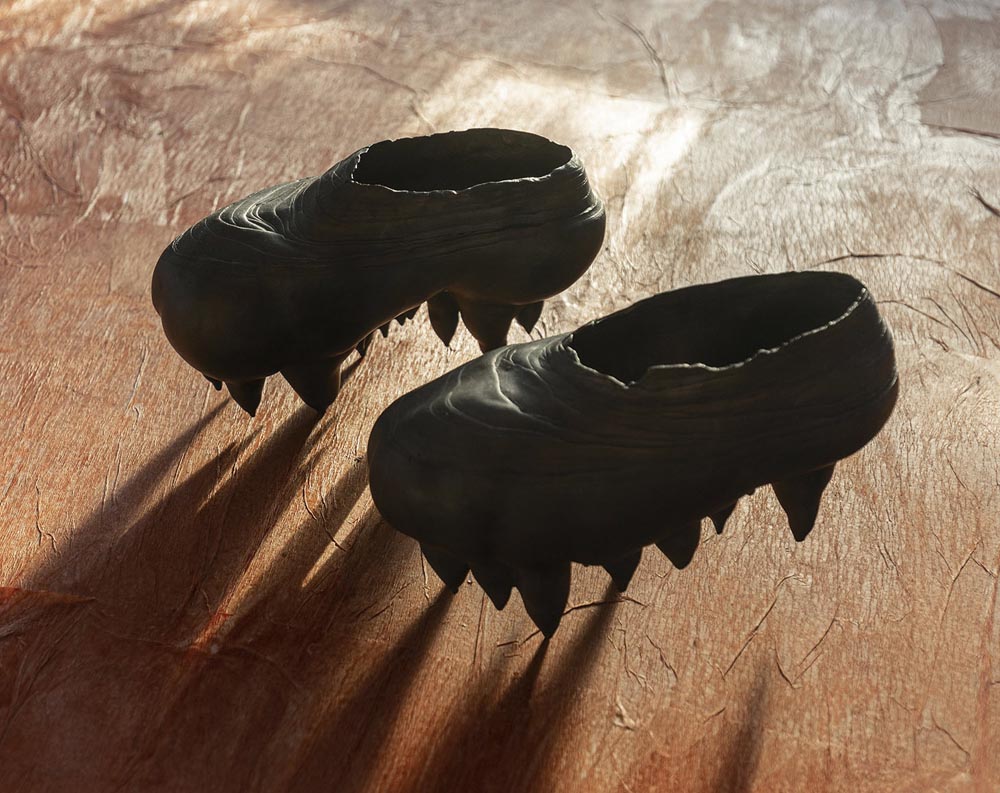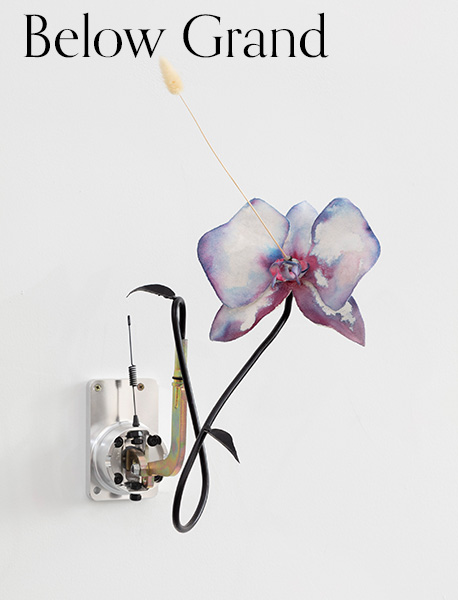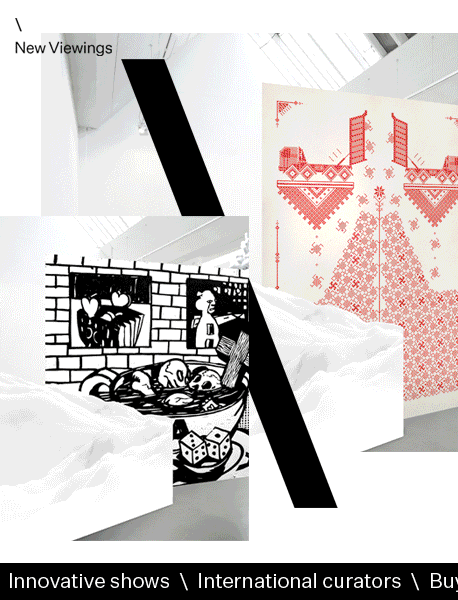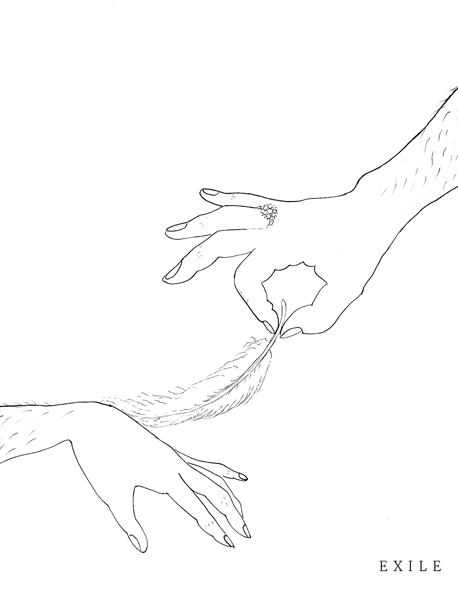Submission
June 07, 2023
Staple
Jennifer Mathews at Laila, Sydney
May 19 — June 03, 2023
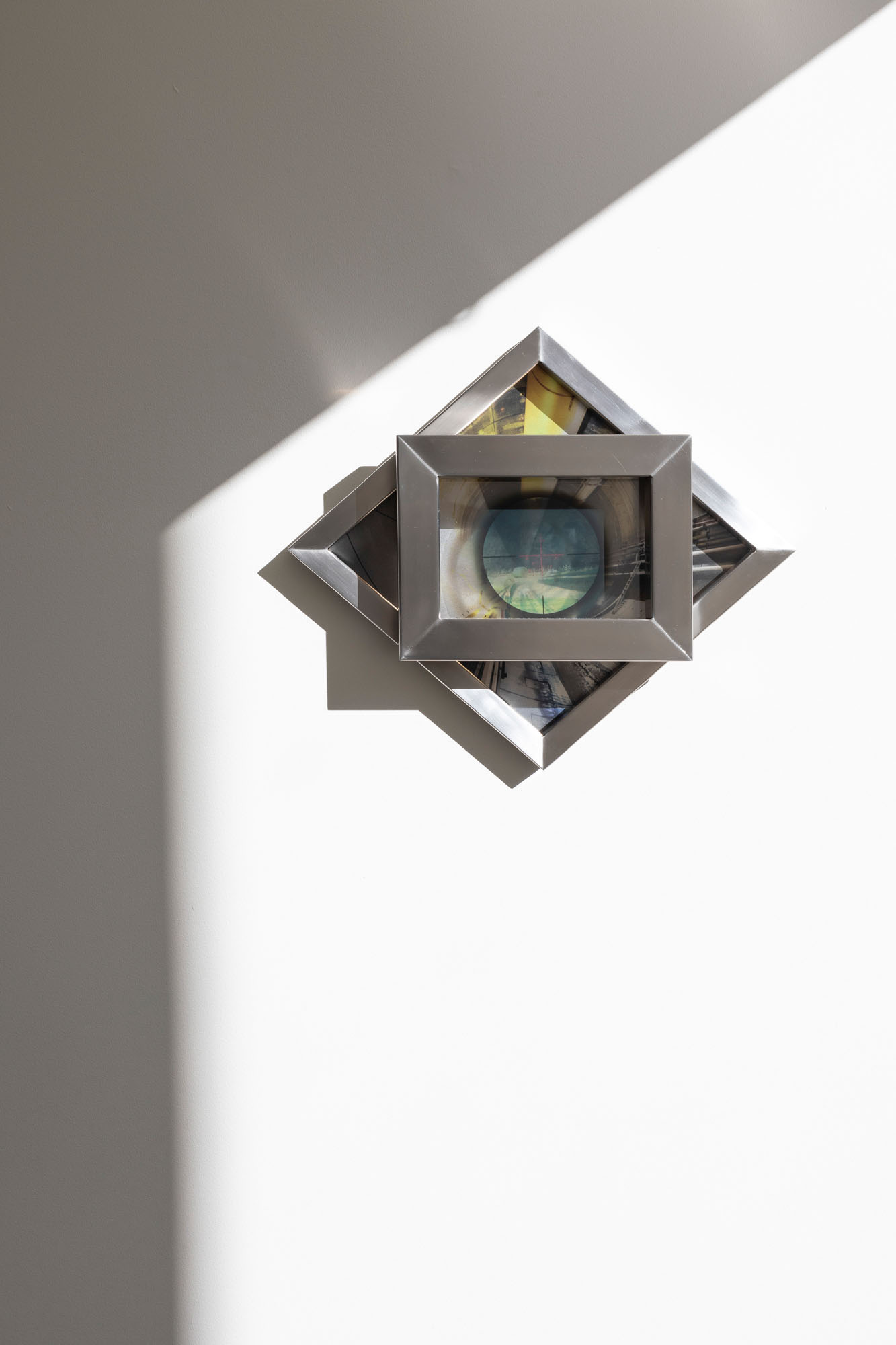
you can’t make an omelette without breaking some eggs
In the 1973 film Soylent Green the year is 2022; there is ecological disaster, heatwaves, hunger, a police state, and people wearing hygienic face masks. Eerie in its prognostication, the film has a key dialogue at the heart of the climax that I return to now:
Priest: Forgive me. It’s destroying me.
Frank: What is?
Priest: The truth.
Frank: The truth Simonson told you?
Priest: All truth.
For the Priest, the disturbing truth he is referring to is the truth of soylent (the film’s fictional foodstuff). More specifically what it is made from and who is controlling the making. But the Priest’s concern about the truth could also capture today’s paranoia around the real, fake news, mis- and dis-information in what has been deemed a ‘post-truth’ moment. As we can see, the Priest’s disturbance starts as a smaller anxiety around food and then grows to a larger anxiety that encompasses all truth.
The parallels are uncanny. Now, fifty years since the film’s release and one year after the story was set, the same paranoias exist. So too does the context of an encompassing poly-crisis: climate, economic, health, resource, and unemployment crisis. Our current moment is marked by these constraints.
So what is this poly-crisis doing to how we understand the world around us? Very often it’s producing an apathy and complacency, and the idea that “there is no alternative”. But, the world in which Capitalism emerged is fundamentally different to the one we’re entering into now. Crisis, as Stuart Hall and Bill Schwartz describe, ‘occurs when the social formation can no longer be reproduced on the basis of the pre-existing system of social relations.’ It’s easy to forget that the severity of the crisis we’re living in can and will undermine capitalism’s ability to reproduce itself. So what emerges from our present fractures and ruptures?
Three, bulbous eggs poke out from Jennifer Mathews’ Egg and hammer cabinet. The hammer poses a threat – ready to crack the egg. Both are two staples, the egg and the hammer: the first is a symbol of life and sustenance; the second a symbol for labour, for workers, or for the action of striking. Mathews’ has a curious approach to food and nature, often playing with the imagery of the natural world, interrogating its symbolism, playing with arrangement, absurdity, and the bizarre.
Lately, I have been reading about the (already present) future of food, of meat without animals, dairy without cows, and eggs without chickens. Companies striving to combat food scarcity and sustainability (or perhaps just striving to capitalise on an untapped market), for example, are genetically modifying yeast and split peas, and ‘growing’ egg whites and all twelve of its proteins. This is sparking paranoias around the truth of food.
But while many are concerned about the future of food and GMO (although not unwarranted), we do tend to lose sight of the fact that many of the staples that we eat now, were developed through periods of early agricultural genetic modification. For example corn, which Mathews’ has used as imagery in earlier works such as Maize (2022), is a human invention as a result of agriculture, and it does not exist naturally in the wild.
We see an egg and we ask: what came first, the Chicken or the egg? We think of beginnings and returnings. Complex co-development. The plump, orange eggs next to the cold, polished, steel hammers in Mathews’ Egg and hammer cabinet are perhaps a reminder that the natural is so often produced in tandem with labour and the (human) made.
Let’s look at another staple – the potato, which belongs to the tuber family alongside yams. In pre-colonial (what’s now known as) Australia, First Nations communities cultivated murnong (yam daisy), Karrbarda (long yam), Djitama (bush yam). And as people such as Bruce Pascoe argue, the yam daisy is a logical crop to cultivate locally, as it comes from this continent it is suited to grow in this continent sustainability compared to introduced plants which demand more water and/or are damaging to soil in long-term. The dry cracks in the soil are literally telling us to change something.
These tensions between our built and natural environments and our relationships to them– be it romantic, extractive, paranoid, curious, existential, fetishised– is something that Mathews doesn’t shy away from in her practice. In particular, Mathews has recently been influenced by Michel Taussig’s work ‘Mastery of Non-Mastery in the Age of Meltdown’ which considers the cultural impacts of climate change. She reference’s Taussig’s idea of a cultural “re-awakened curiosity” in nature born from a meltdown. Like the Priest in Soylent Green, many of us are pushed to the verge of a meltdown in the face of such overwhelming anxiety (of the world around us and those who control it).
But so often, the places that crisis anxieties take people and the way we understand the truth of the world are strange. There is a strong “return to tradition” sentiment coming from those on both the left and the right. On the left it looks like activists, An-Prims, neo-luddites or prepper survivalists. On the right it looks like eco-facism or “rvtrvn to tradition” meaning a fantasy of an earlier, simple anglo-patriarchal life. Or a pastoral life of hay-bundles and tunnel vision. Food, and what sustains us, sits at the centre of histories, communities, paranoias, and conspiracies. Mathews’ work so often narrows in on these kinds of tensions. She quite literally creates new framings for viewing these tensions.
At the centre of Austerity meal (rice on a needle with beetroot) is a singular piece of rice – that minuscule, understated grain which is a staple for billions of people around the world. In Mathews’ image the rice is zoomed in on so closely that it’s hard to distinguish what it is against the strange neon of the beetroot. Here, the ordinary is transformed into the surreal. We know it’s food, but we perhaps can’t tell what it is. Or perhaps where it is. We ask, is it an austerity meal or is it a meal from a high-end minimalist restaurant you’d find in Darlinghurst? Because we’re living in a world where we simultaneously have austerity and high-end luxury in the same neighbourhoods. Or perhaps we look at the image and think of the Australian woman who put needles in commercially sold strawberries. Or perhaps someone else looks at the work and finds something fleshy, almost gastroscopy-looking. Food and our environments are something we see daily, so Mathews perhaps asks how can we make it appear differently, how can we play with its truth, its symbolism, and how can we think about it differently? How can we be both anxious and curious about it?
1. Stuart Hall with Bill Schwarz, “State and Society: 1880-1930,” in Hall, The Hard Road to Renewal: Thatcherism and the Crisis of the Left (New York: Verso, 1988), 95-122, 96.
2. Aaron Bastani, Fully Automated Luxury Communism (London: Verso, 2019).
3. Me lol, “Jemi Gale: Donut King – Paintings about Love,” Memo Review, May 3, 2021, https://memoreview.net/reviews/jemi-gale-donut-king-paintings-about-love.
4. Bruce Pascoe, Dark Emu: Black Seeds: Agriculture or Accident? (Broome, WA: Magabala Books, 2014).
5. Joshua Citarella, “Anarcho-Primitivist Electoralism,” Joshua Citarella, July 15, 2020, https://joshuacitarella.substack.com/p/anarcho-primitivist-electoralism.
6. Emma Kemp, “When You Cut Into the Present,” X-TRA, vol. 22, no. 1 (Fall 2019): n.p., https://www.x-traonline.org/online/when-you-cut-into-the-present.
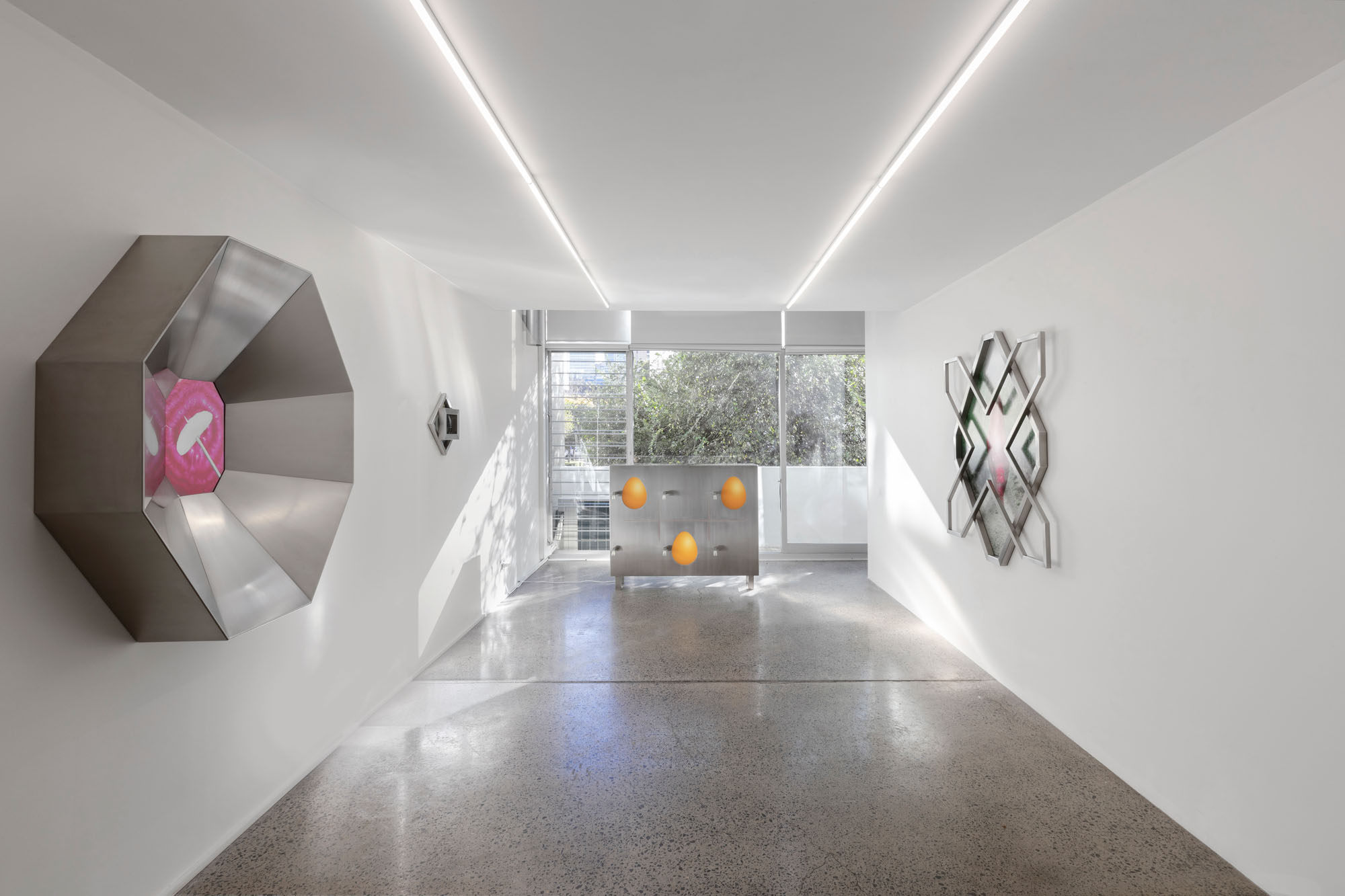
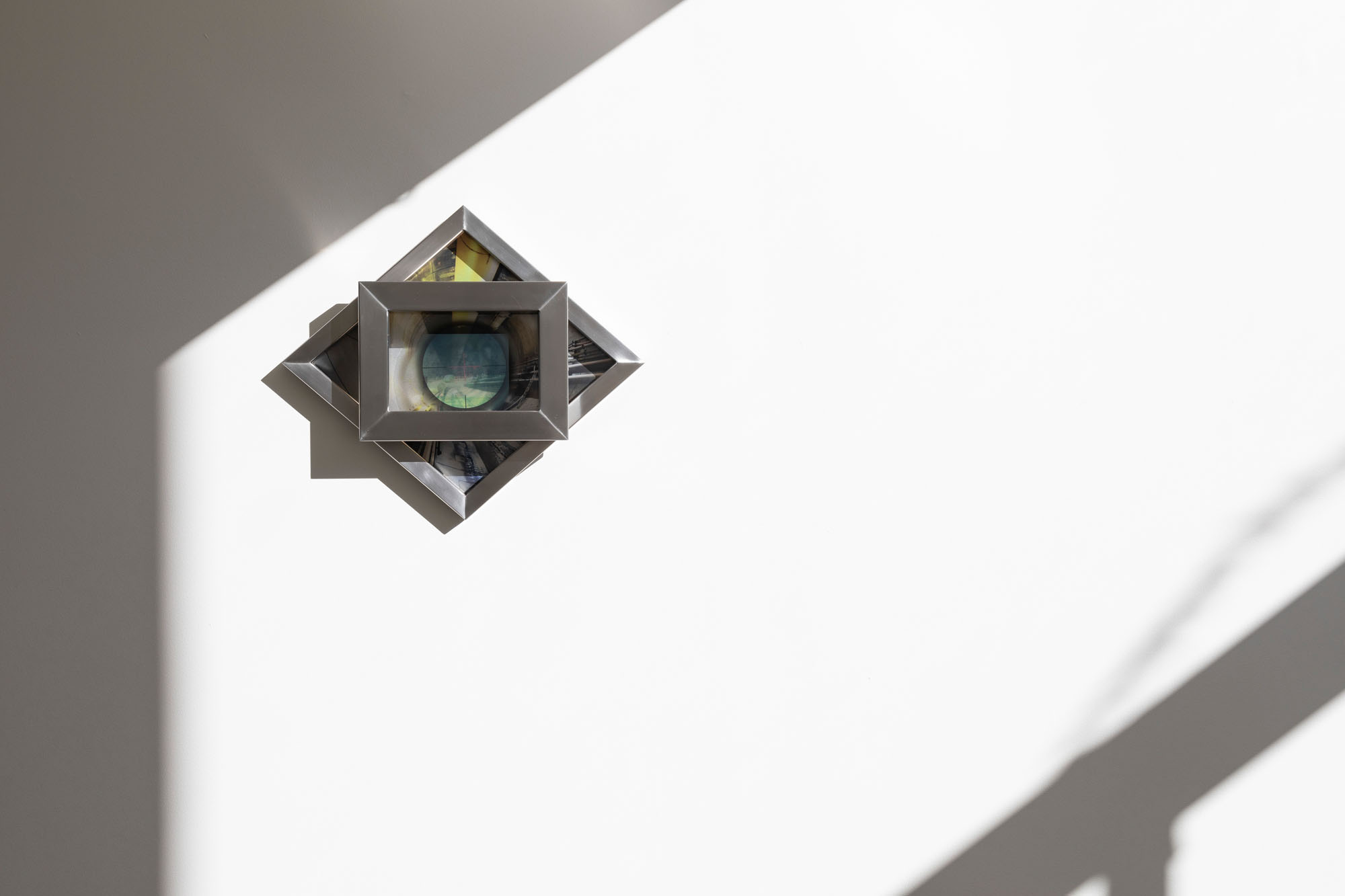
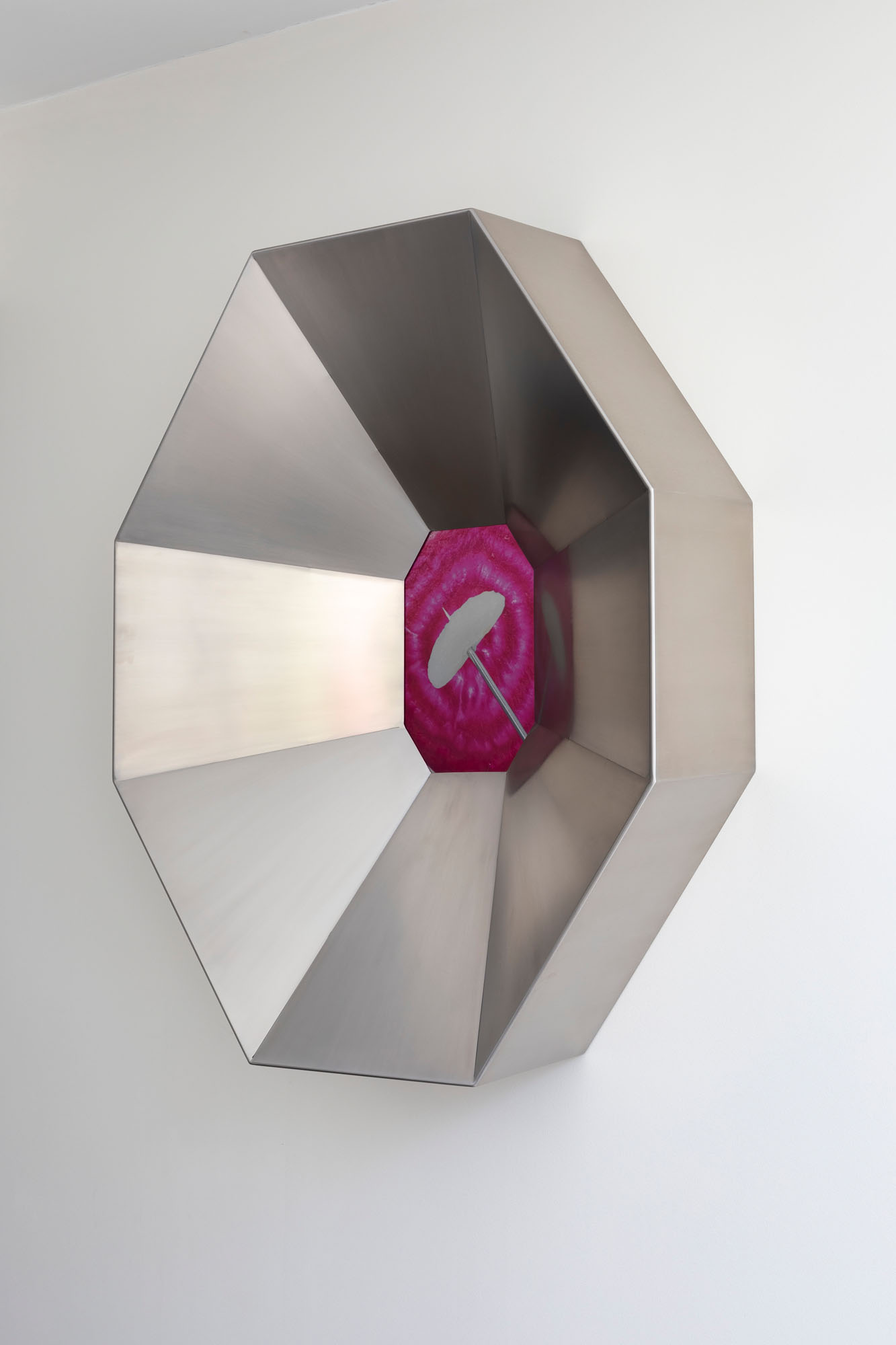
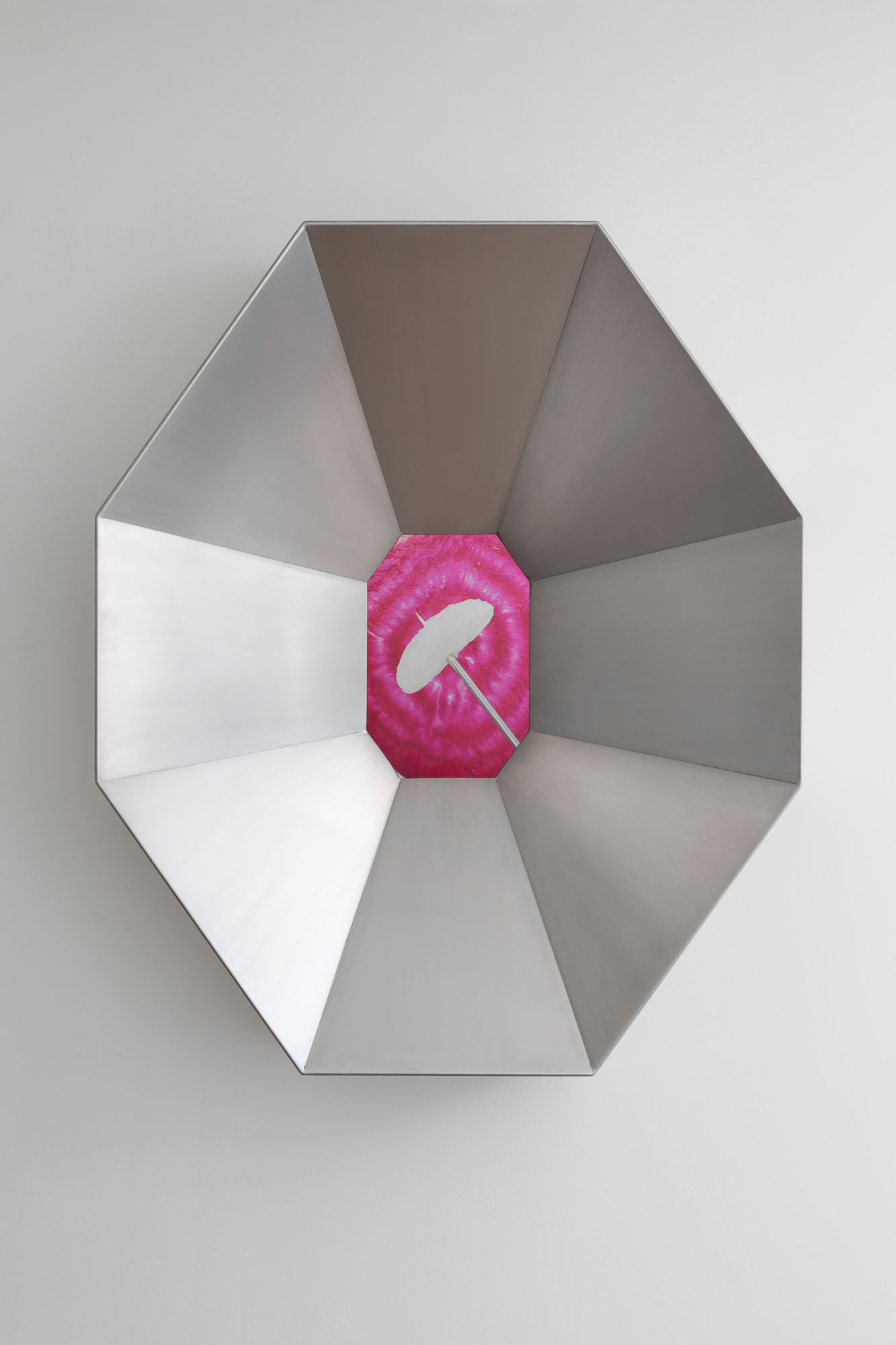
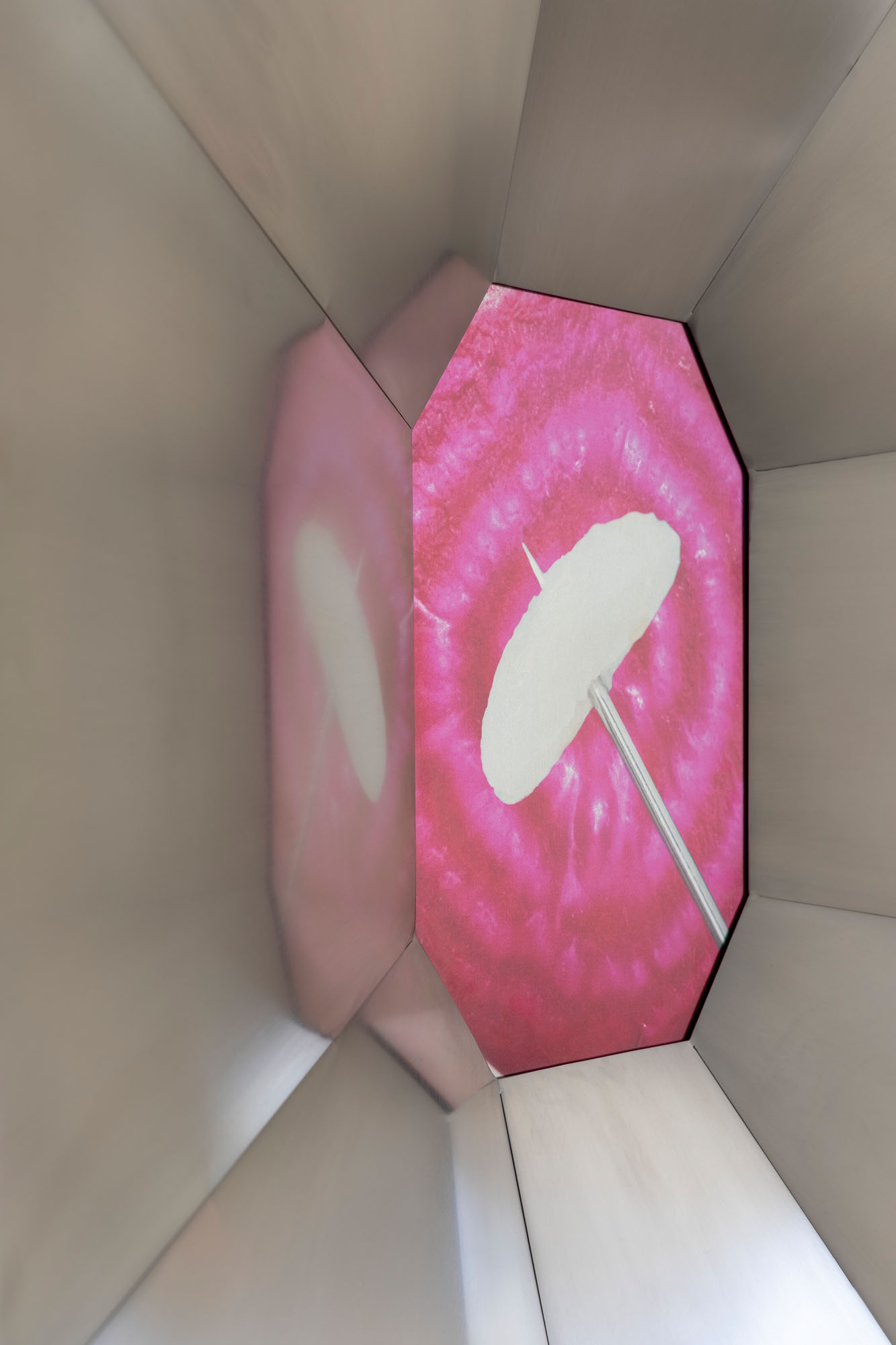
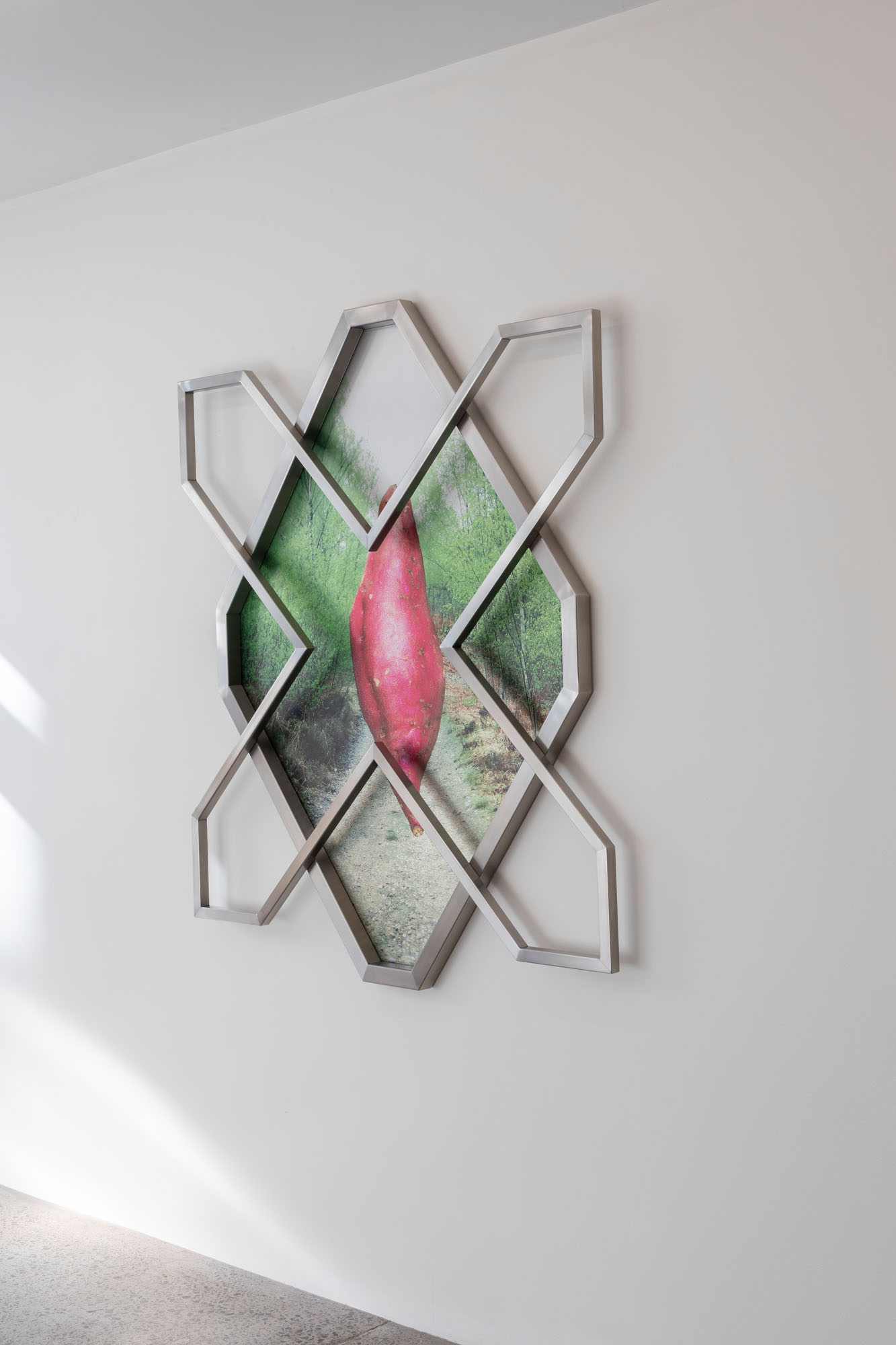
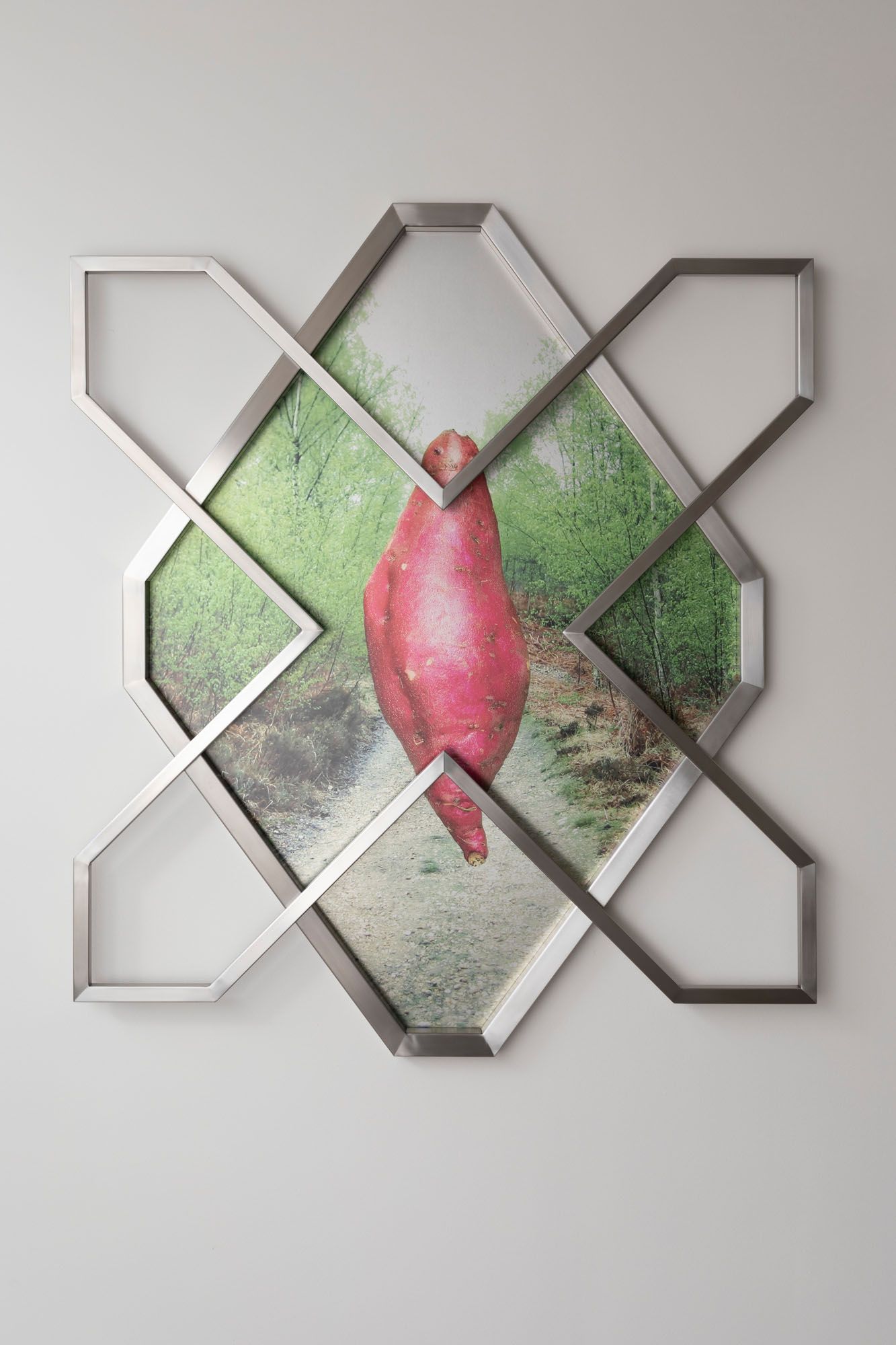
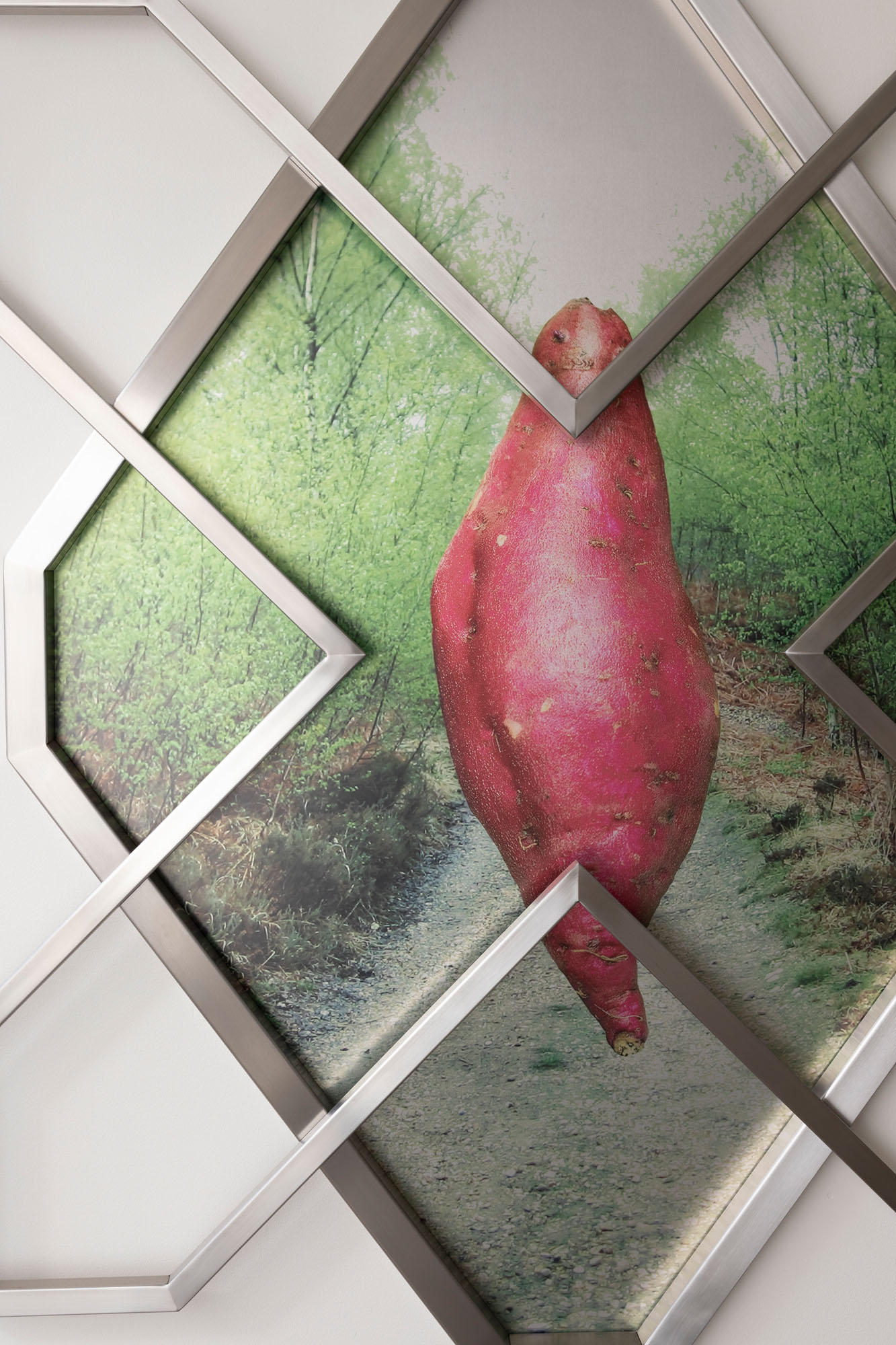
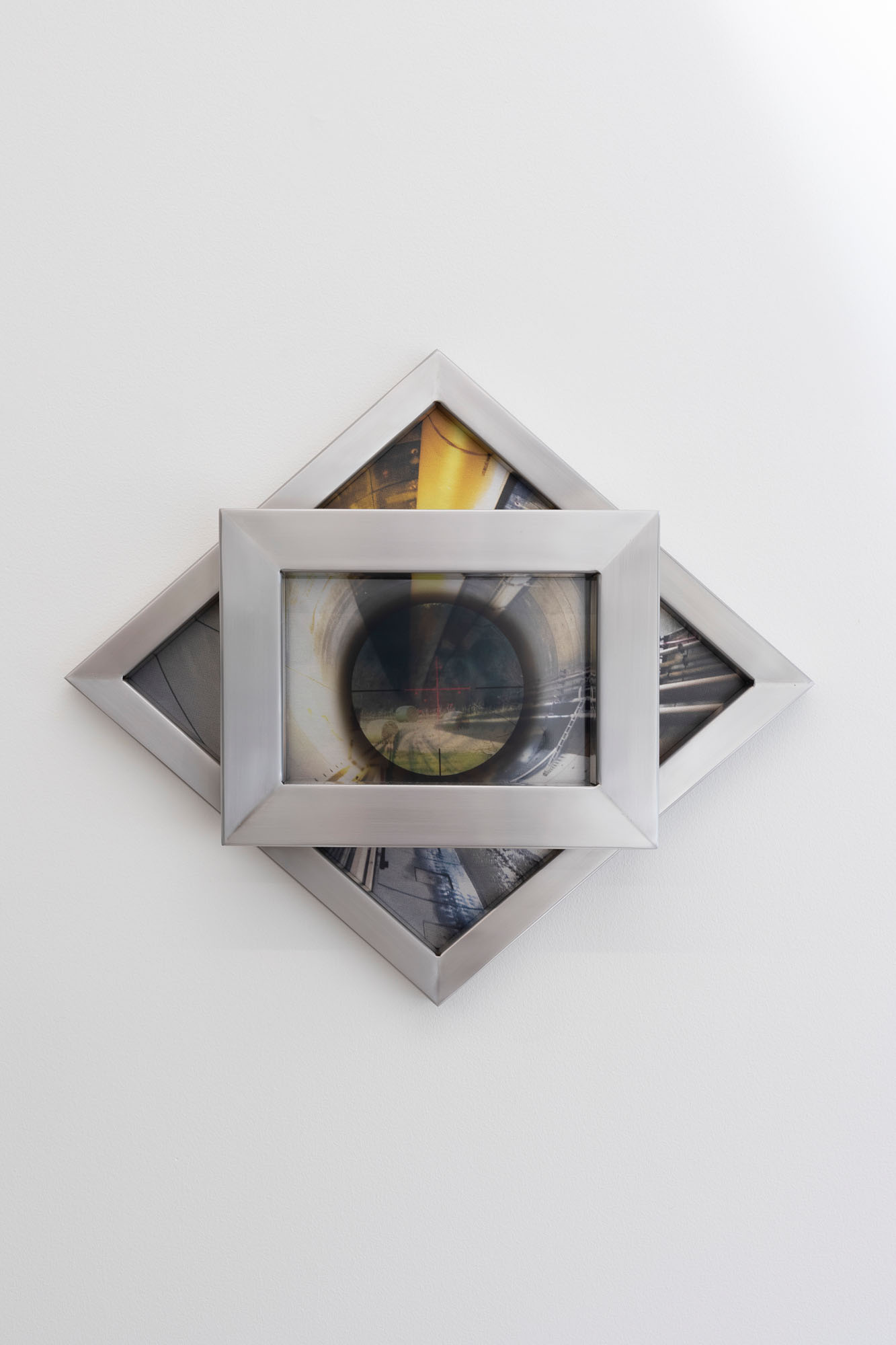
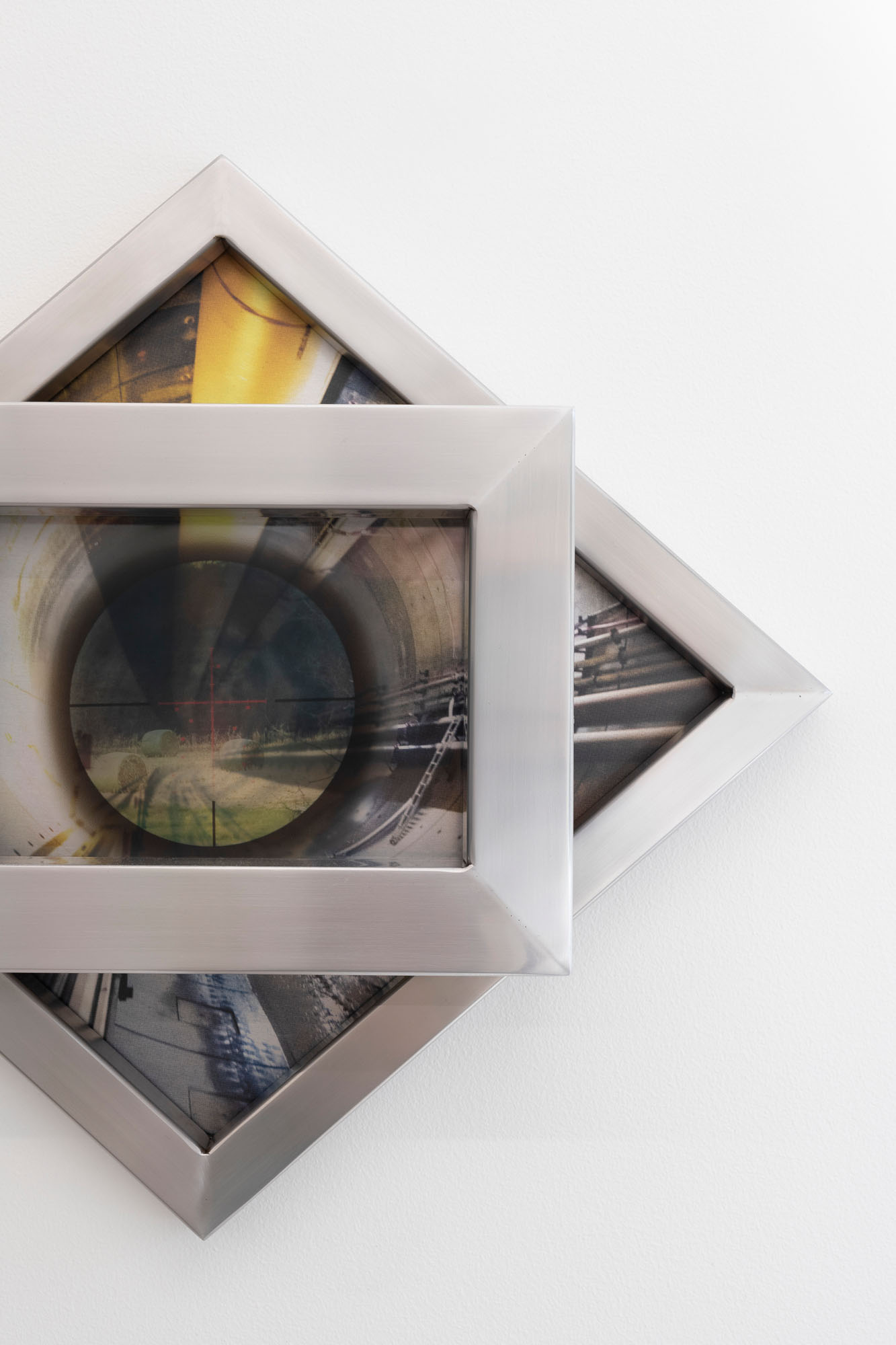
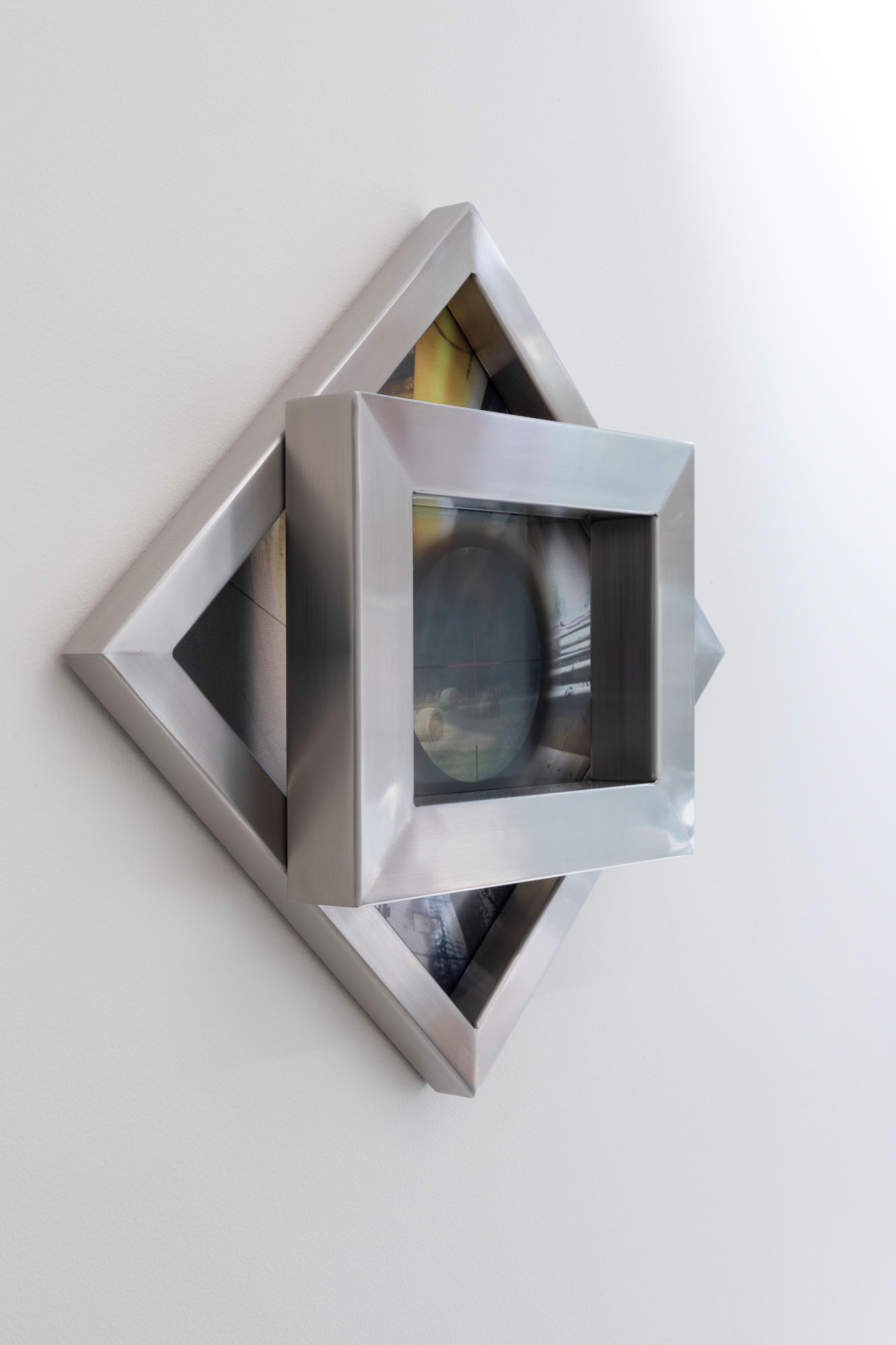
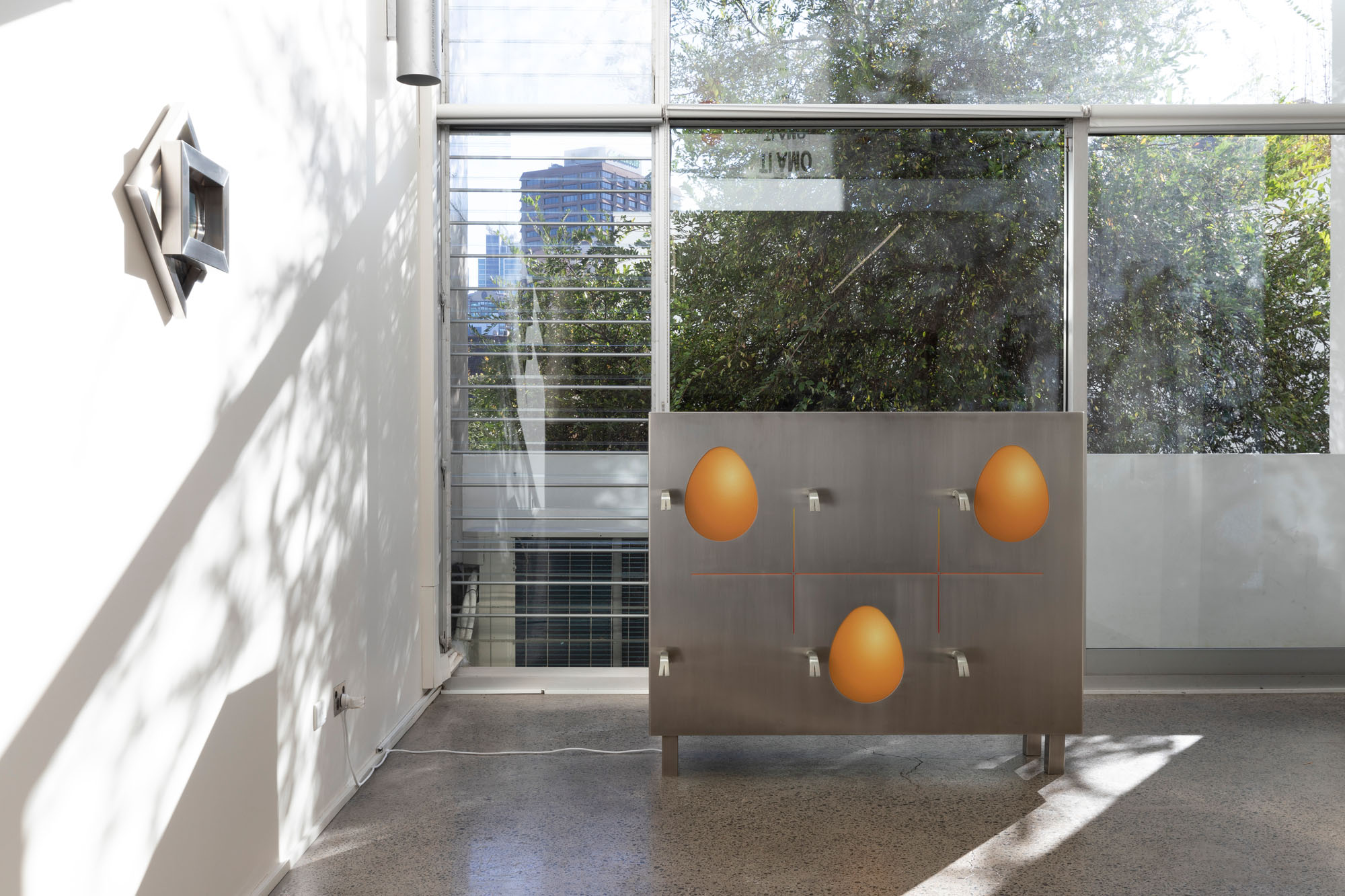
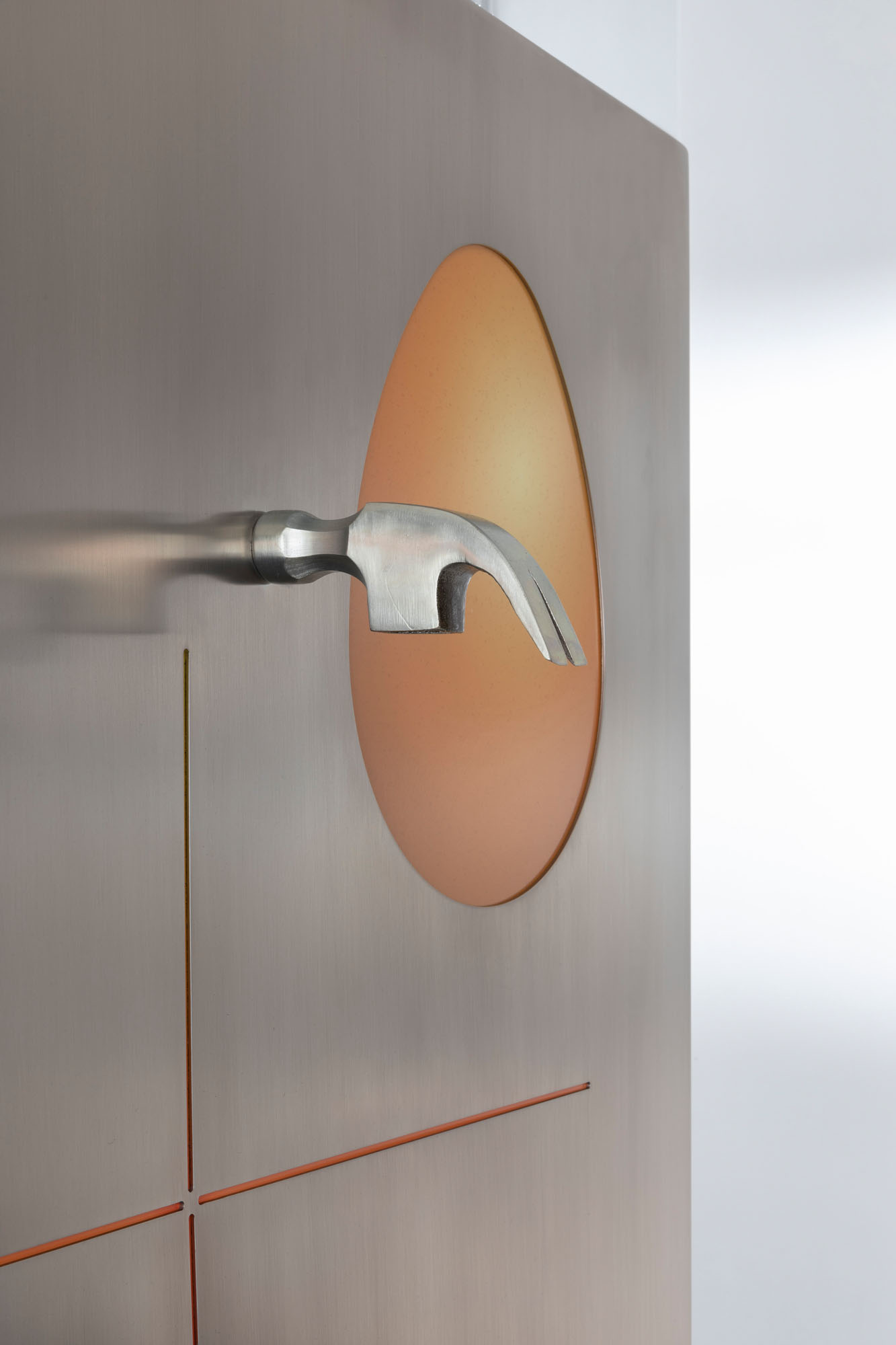
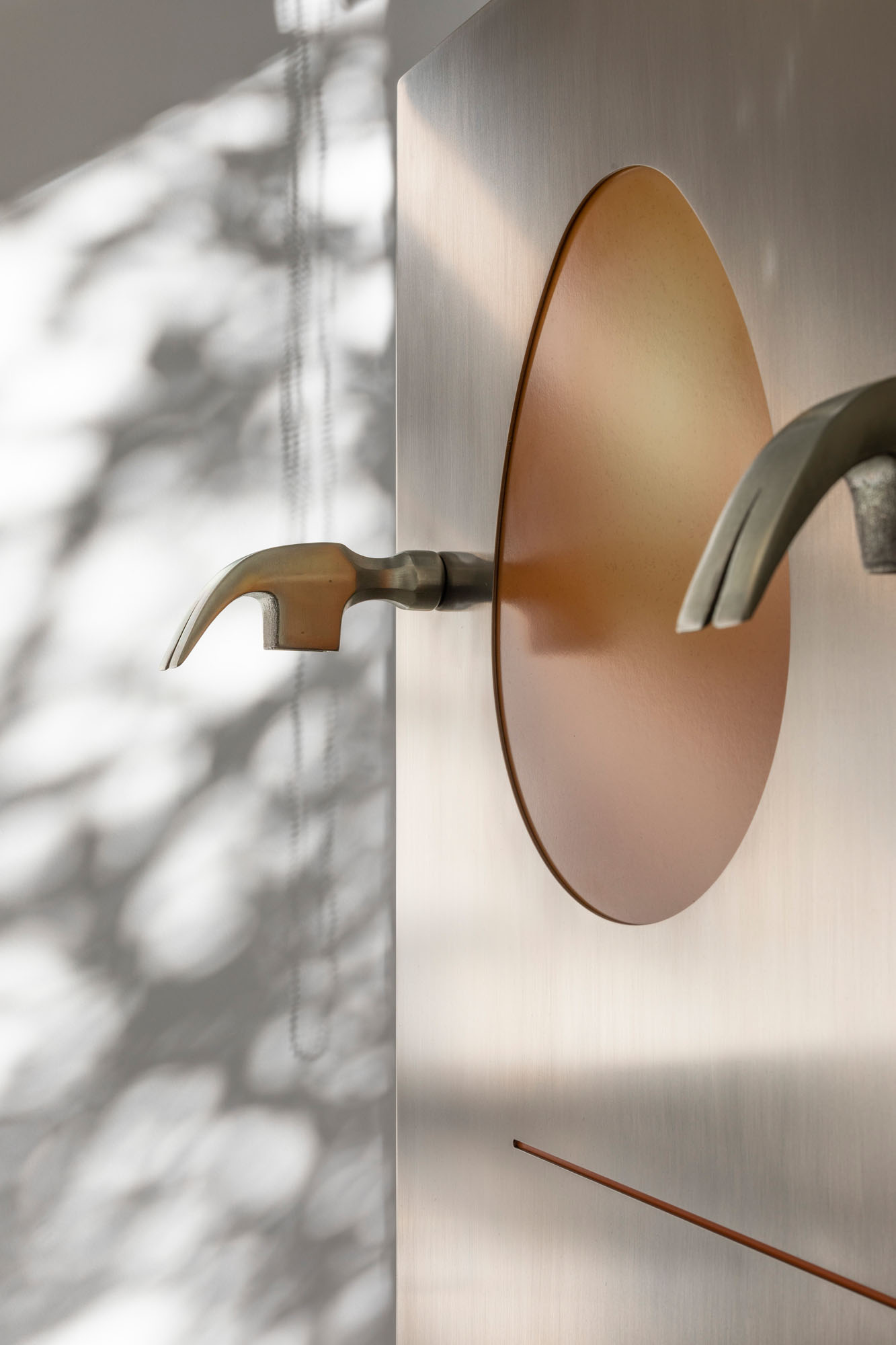
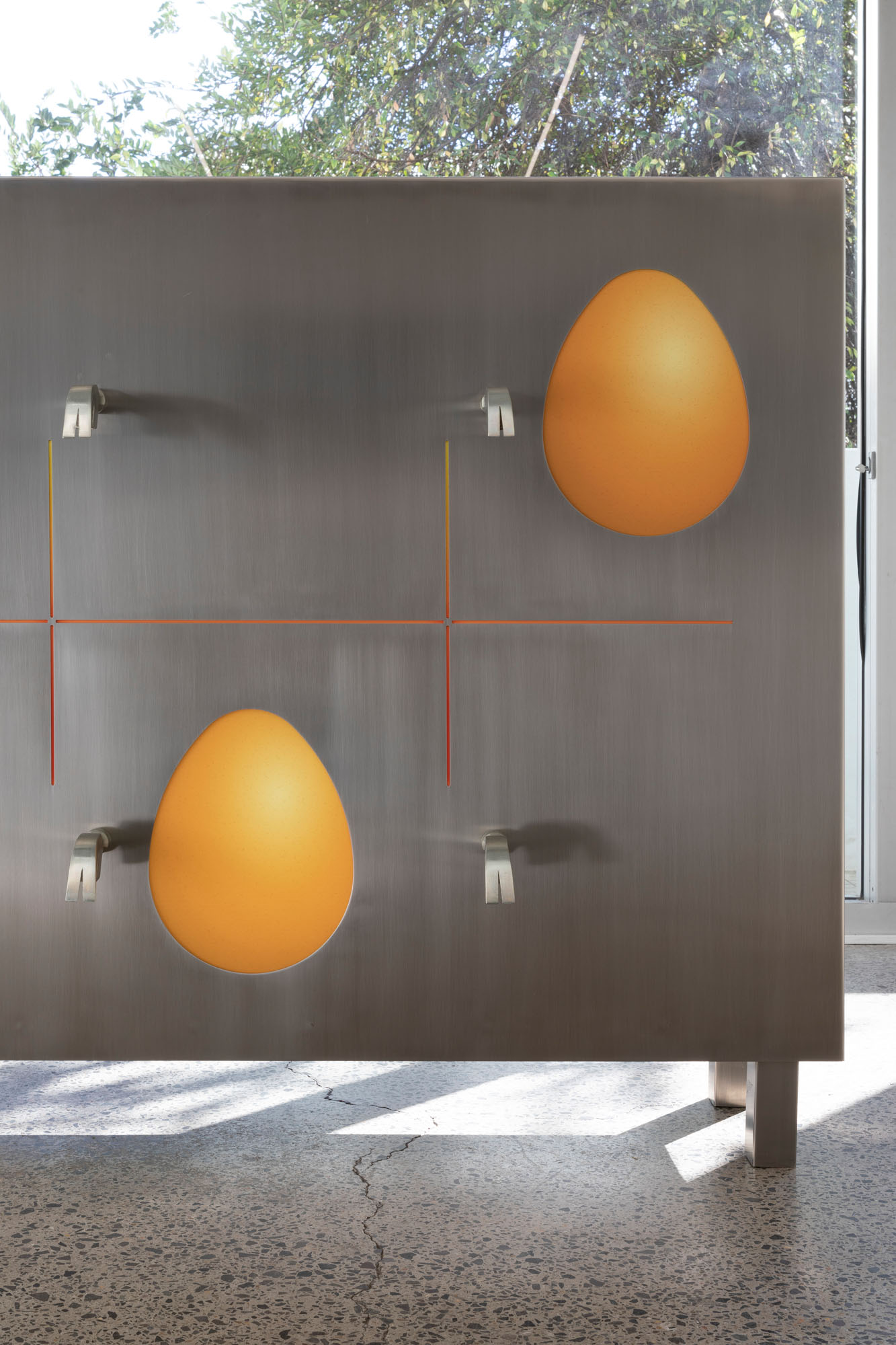
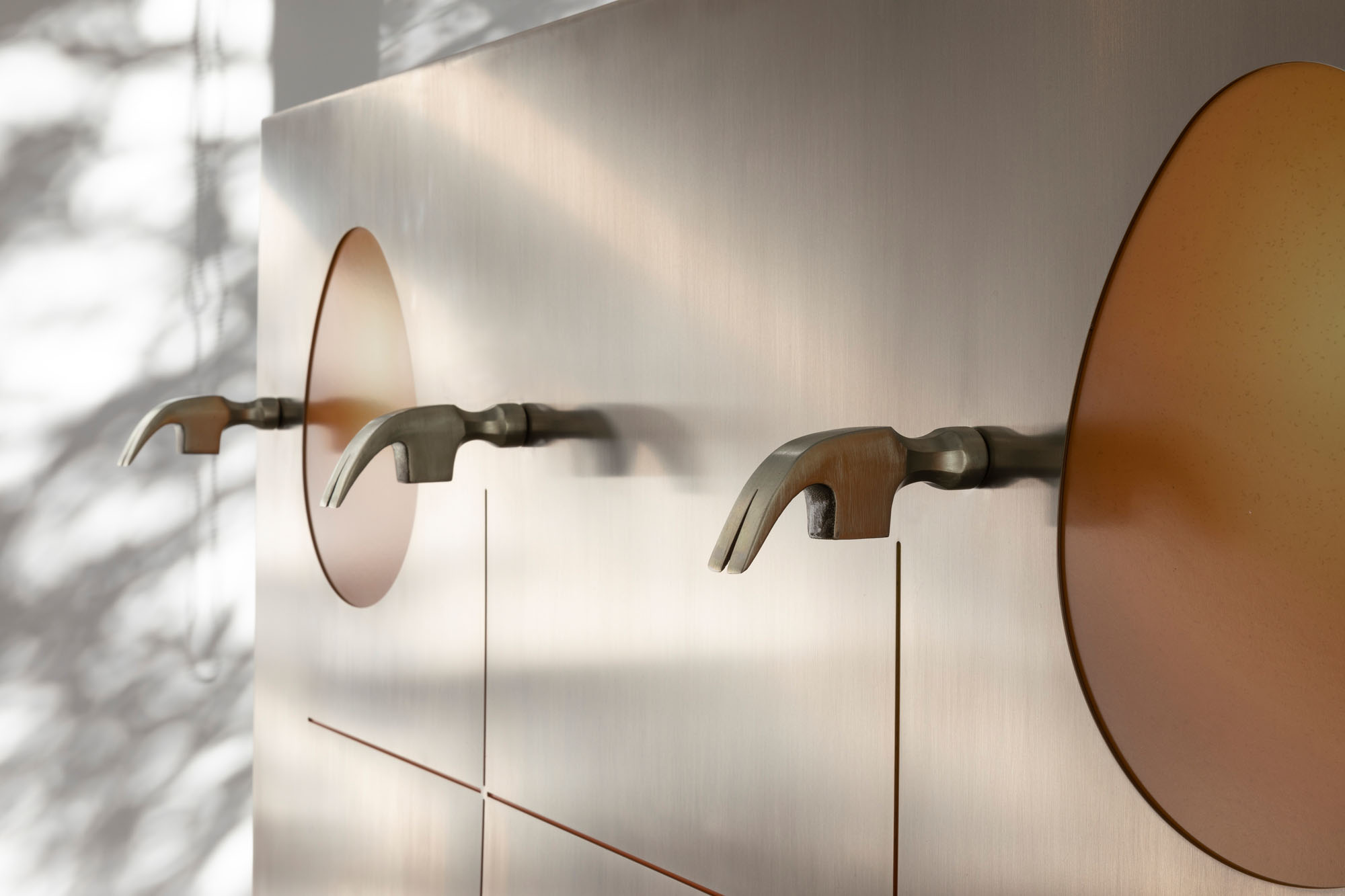
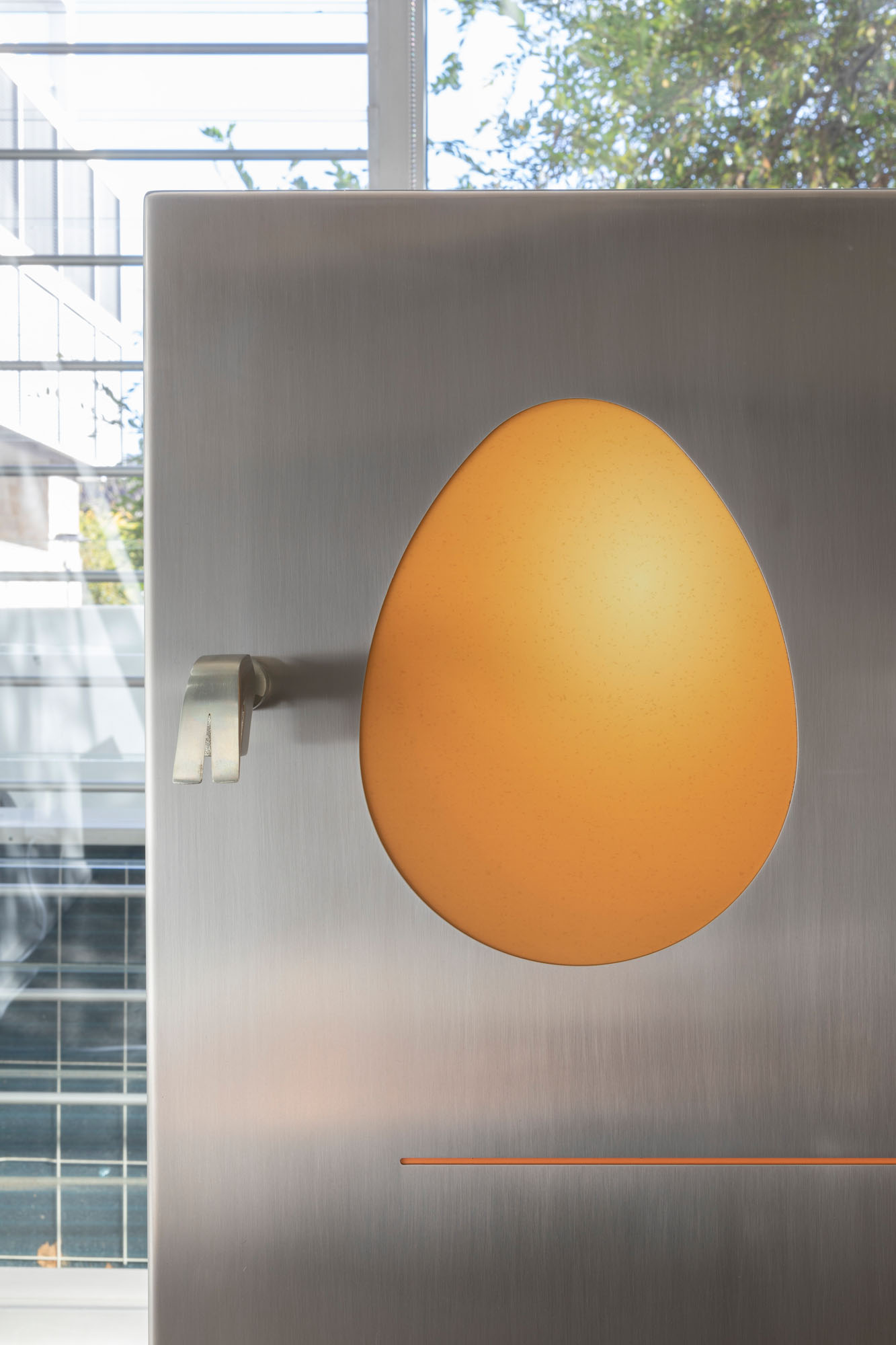
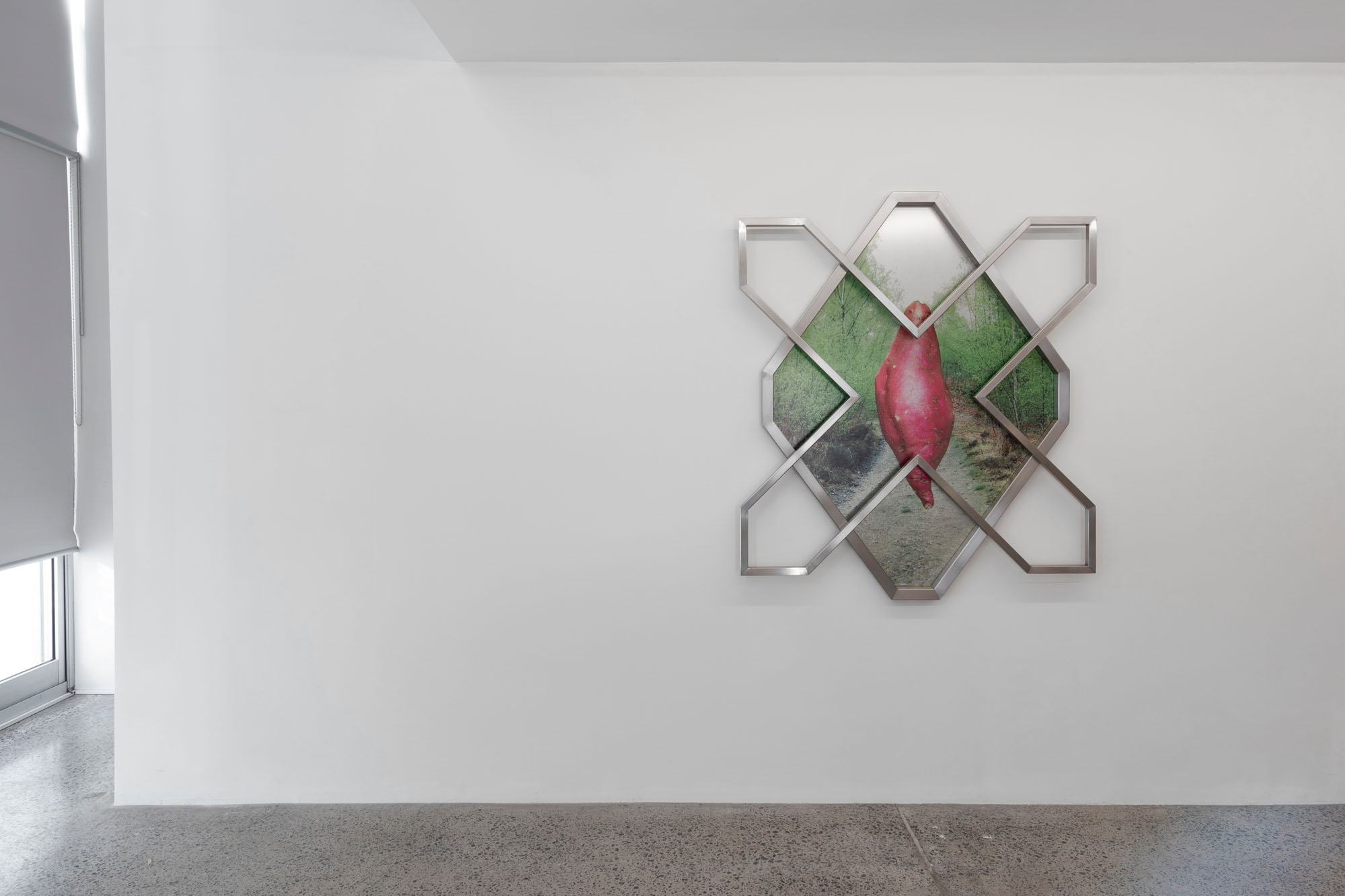
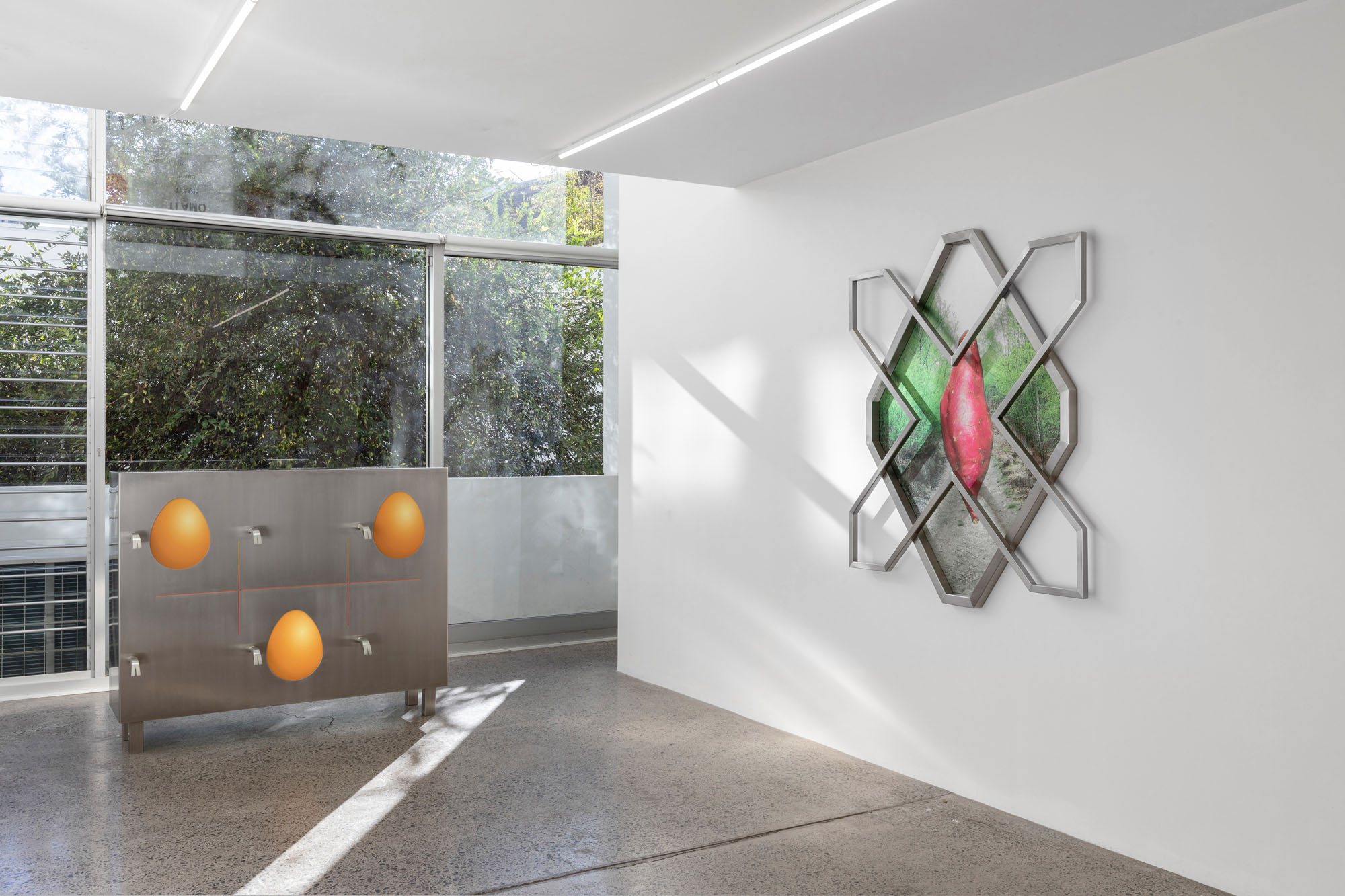
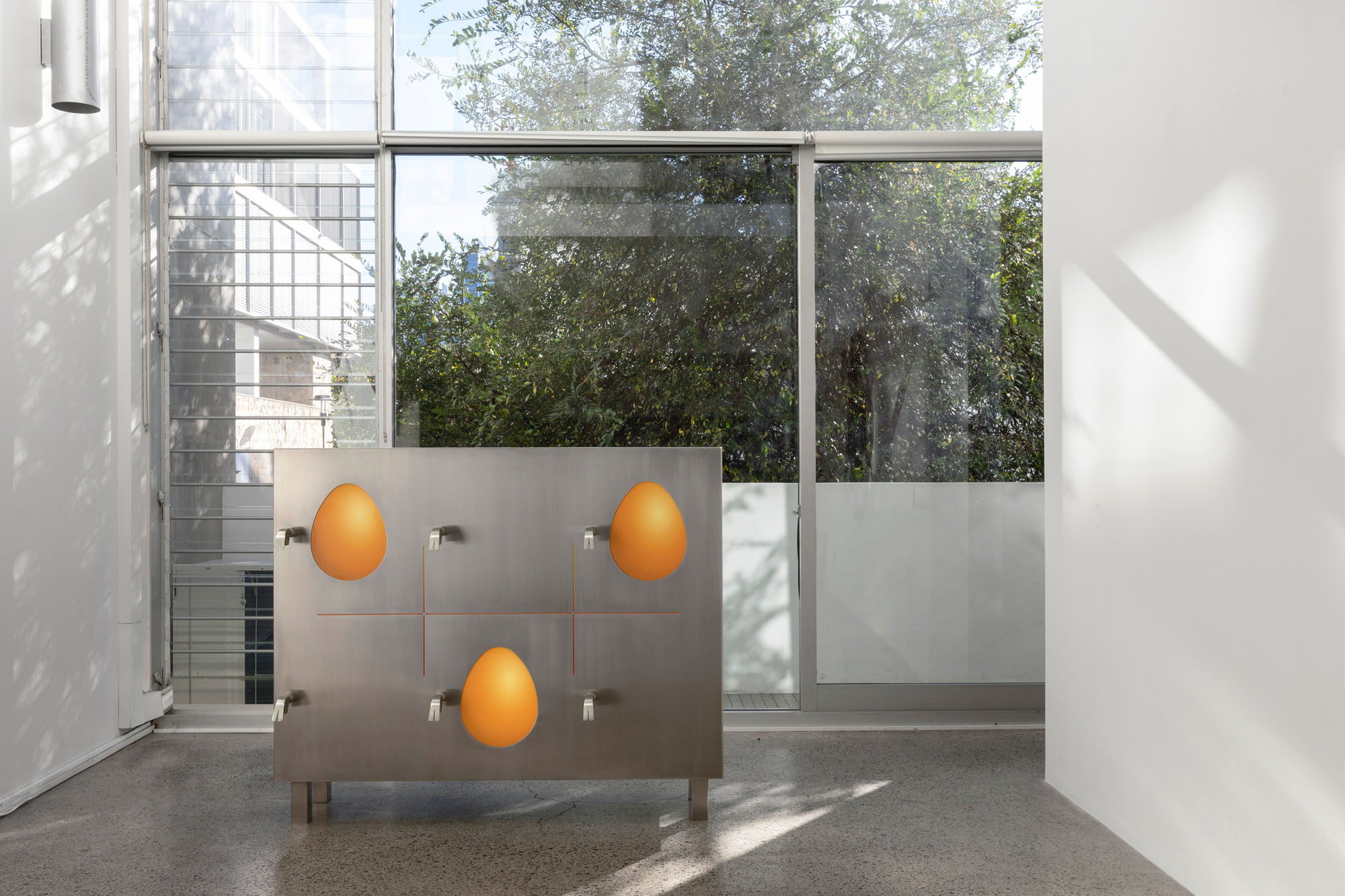
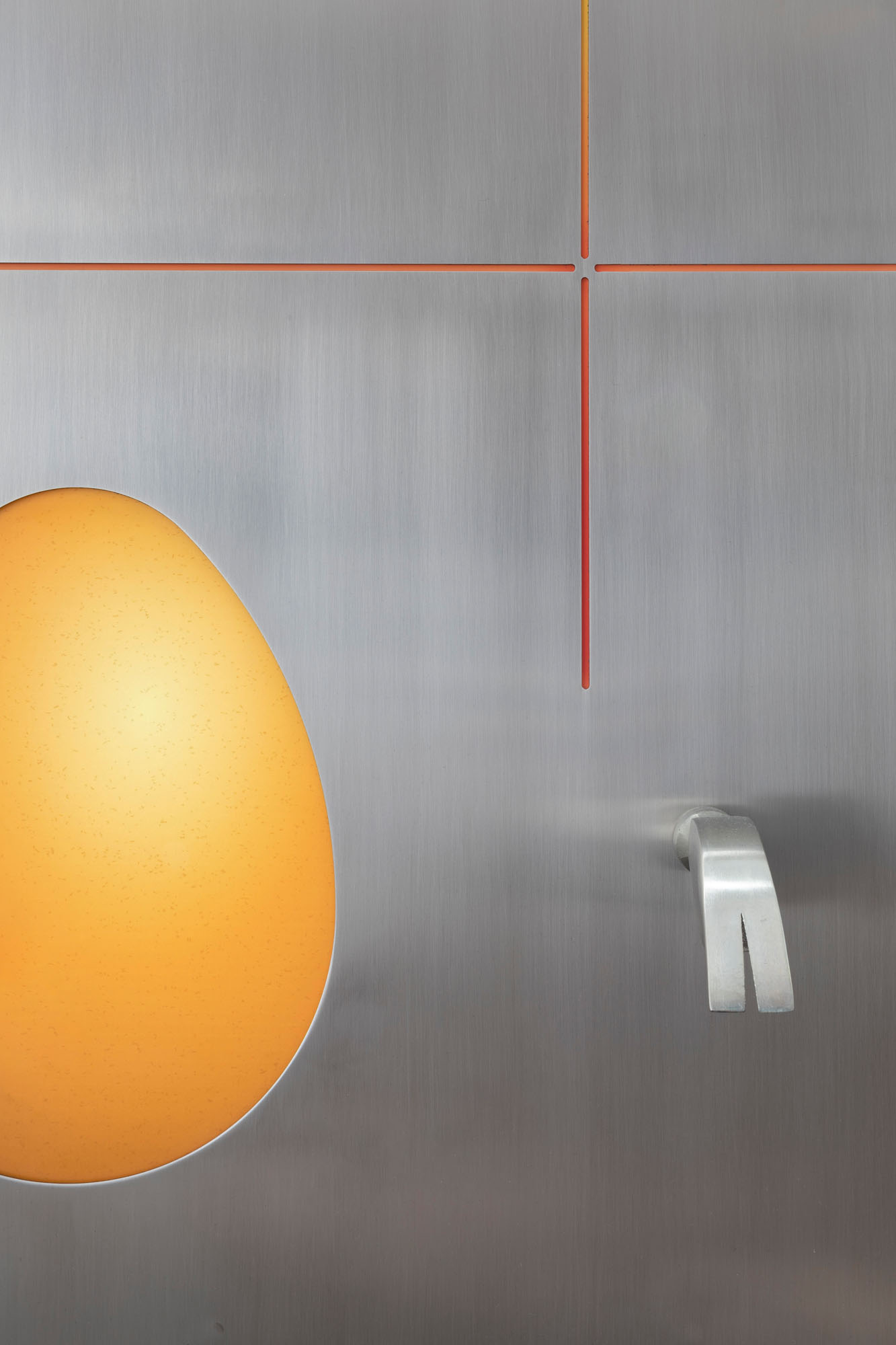
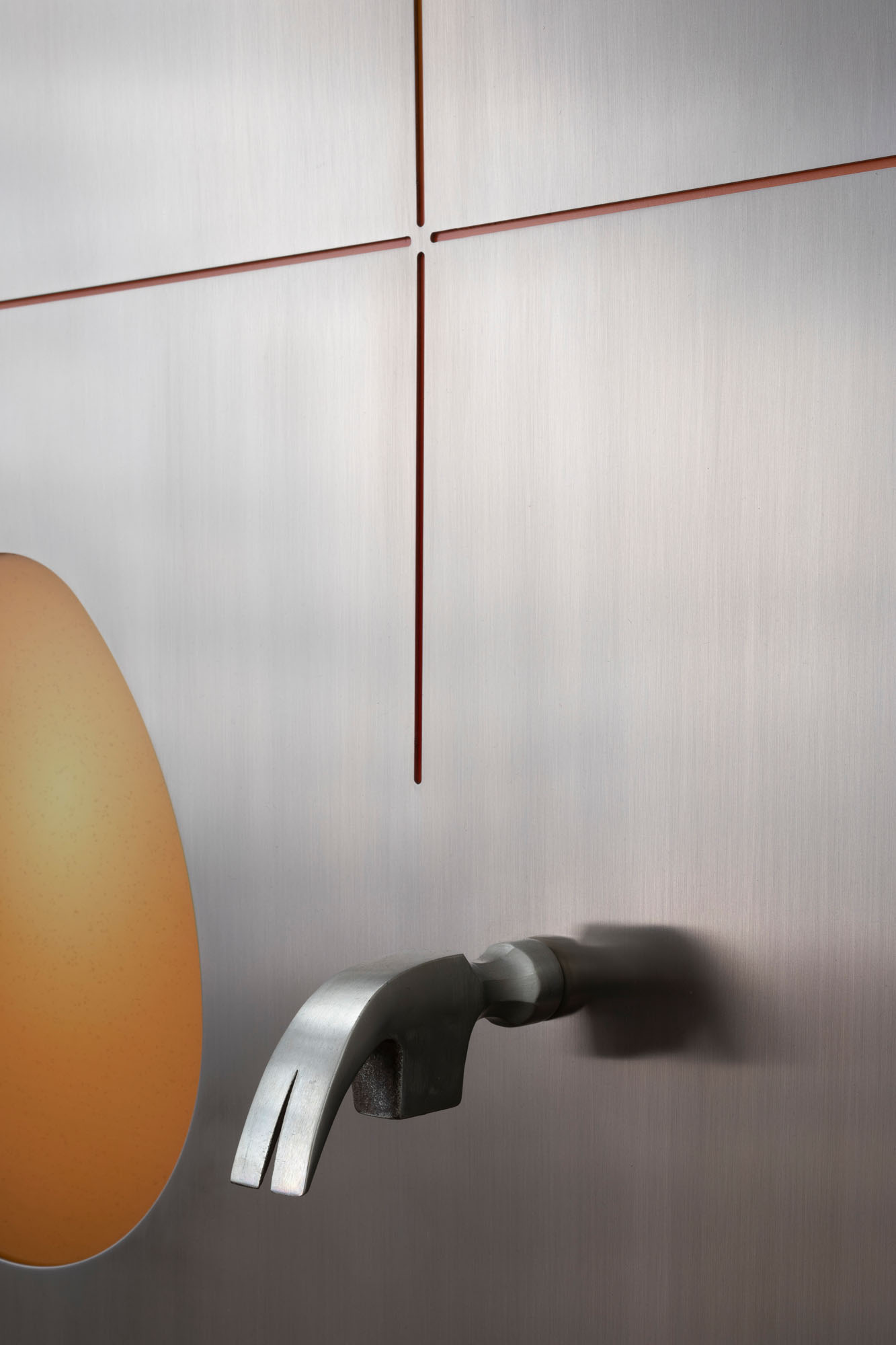
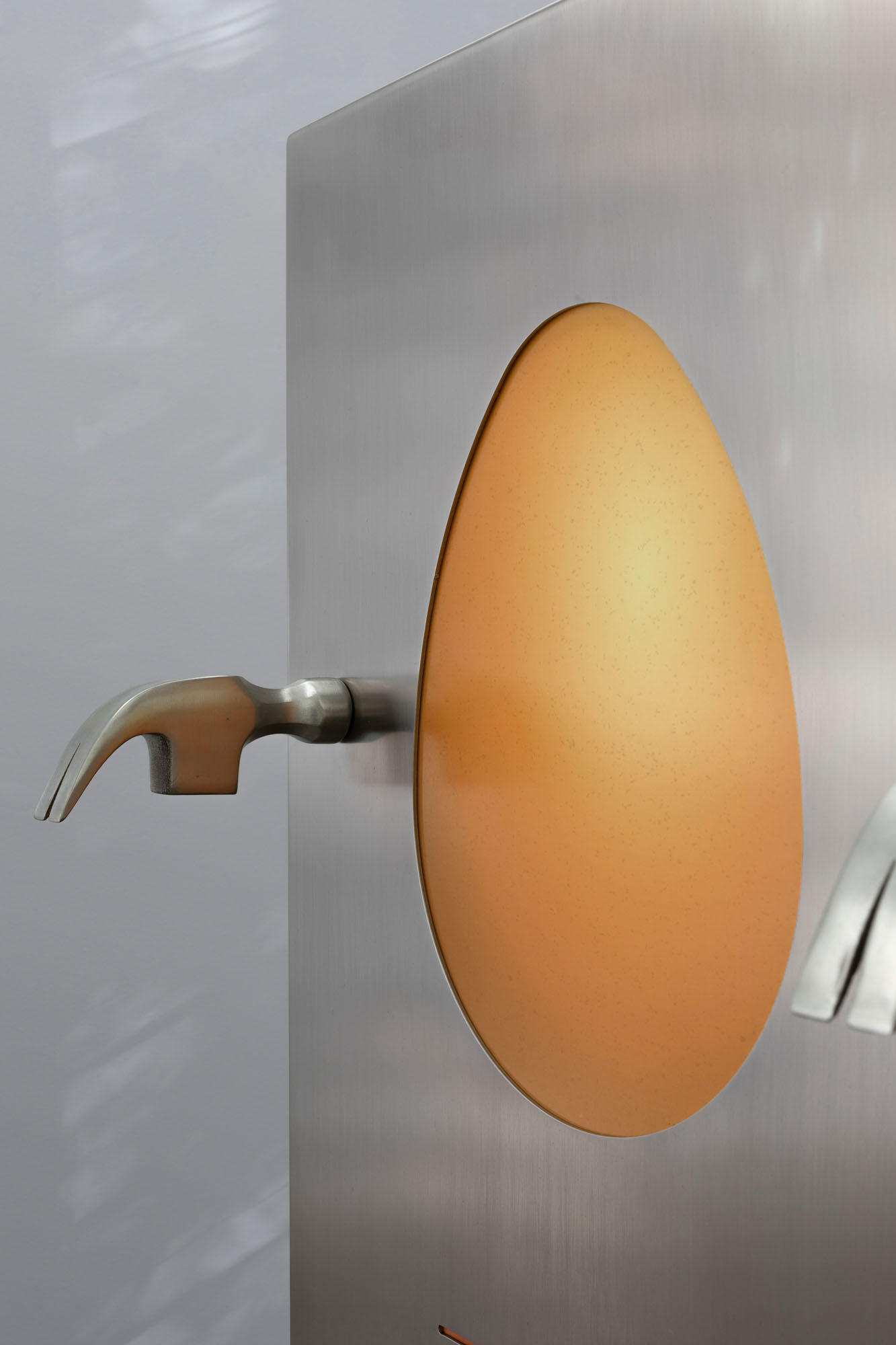

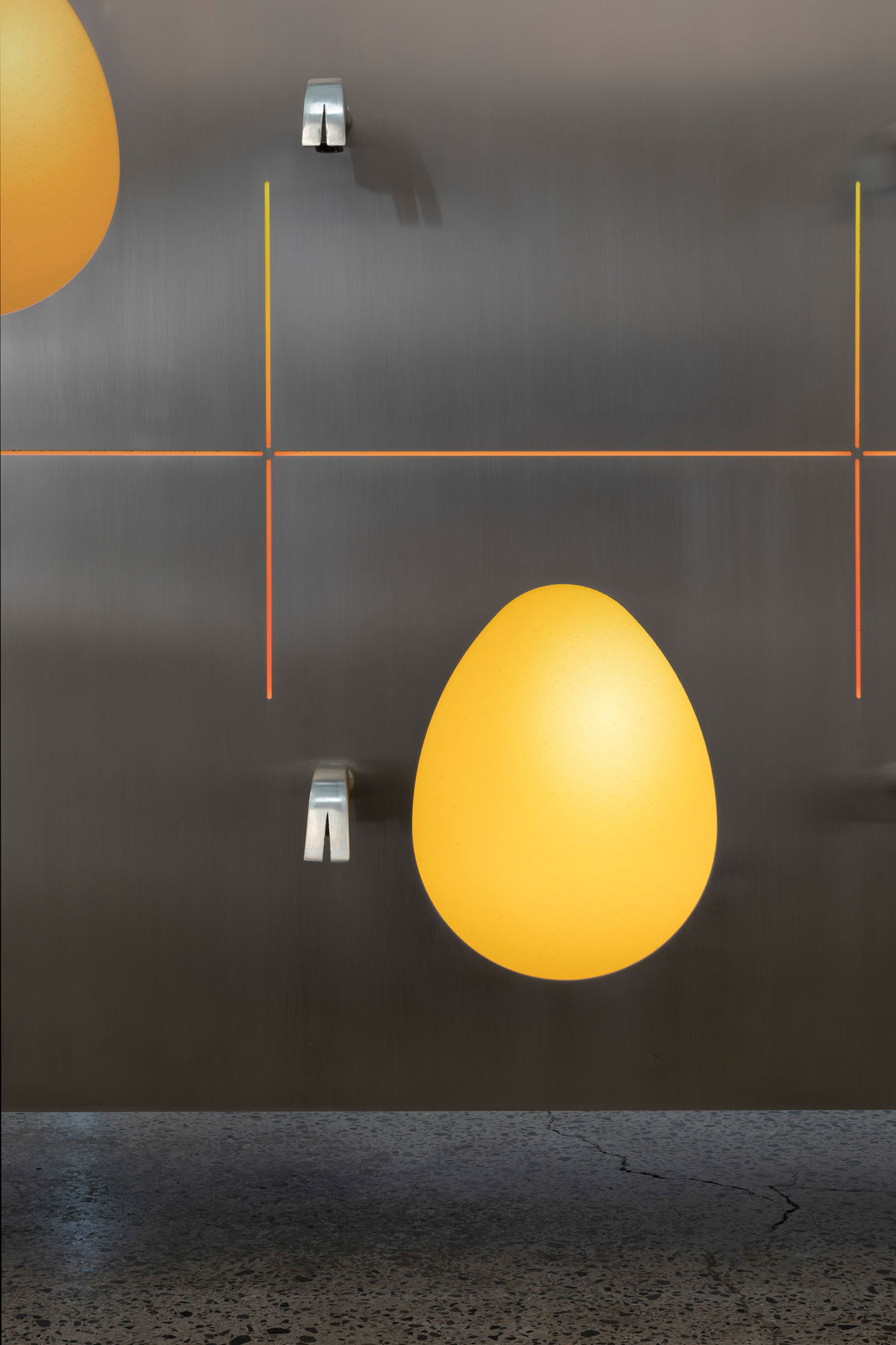
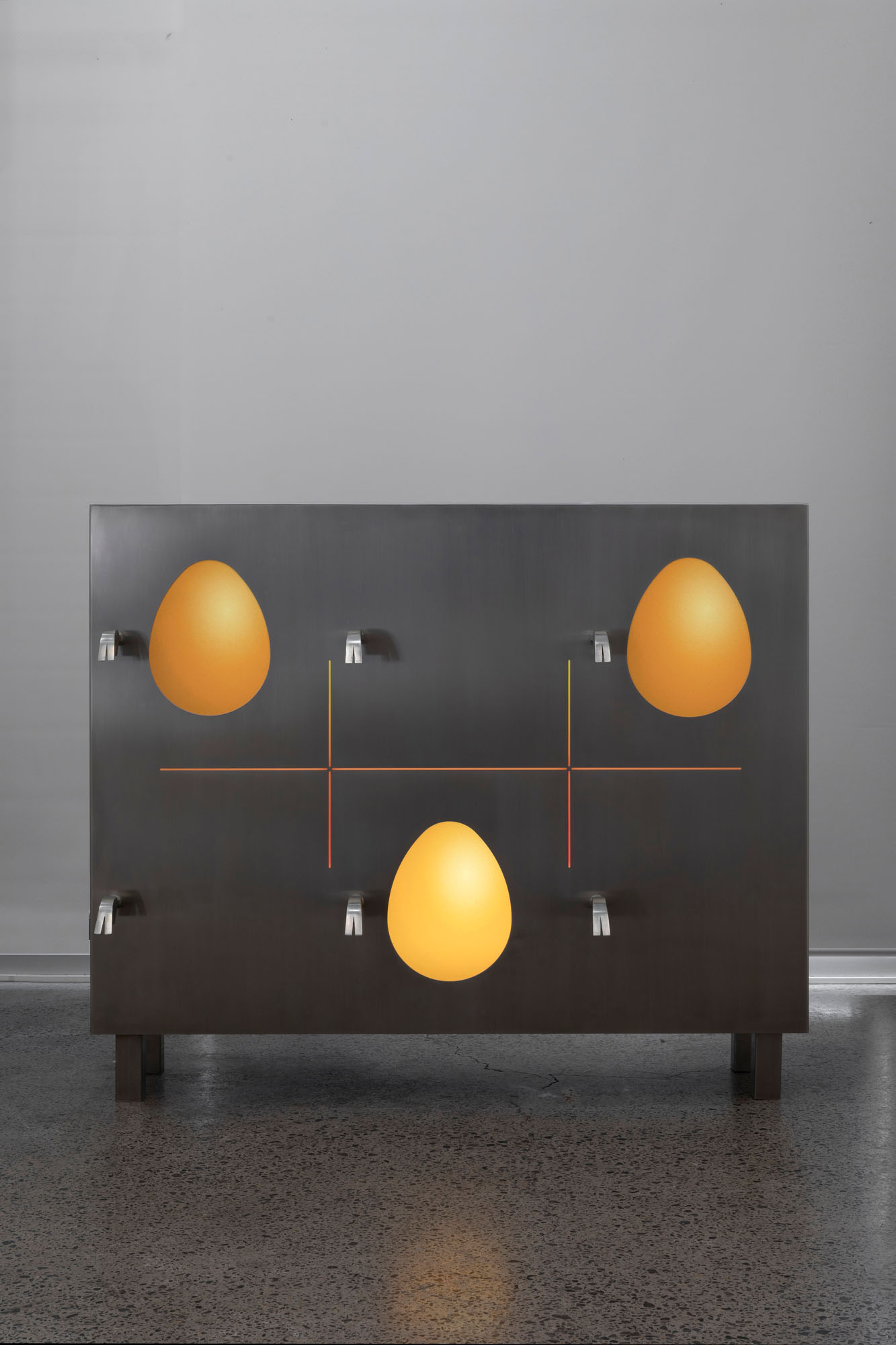
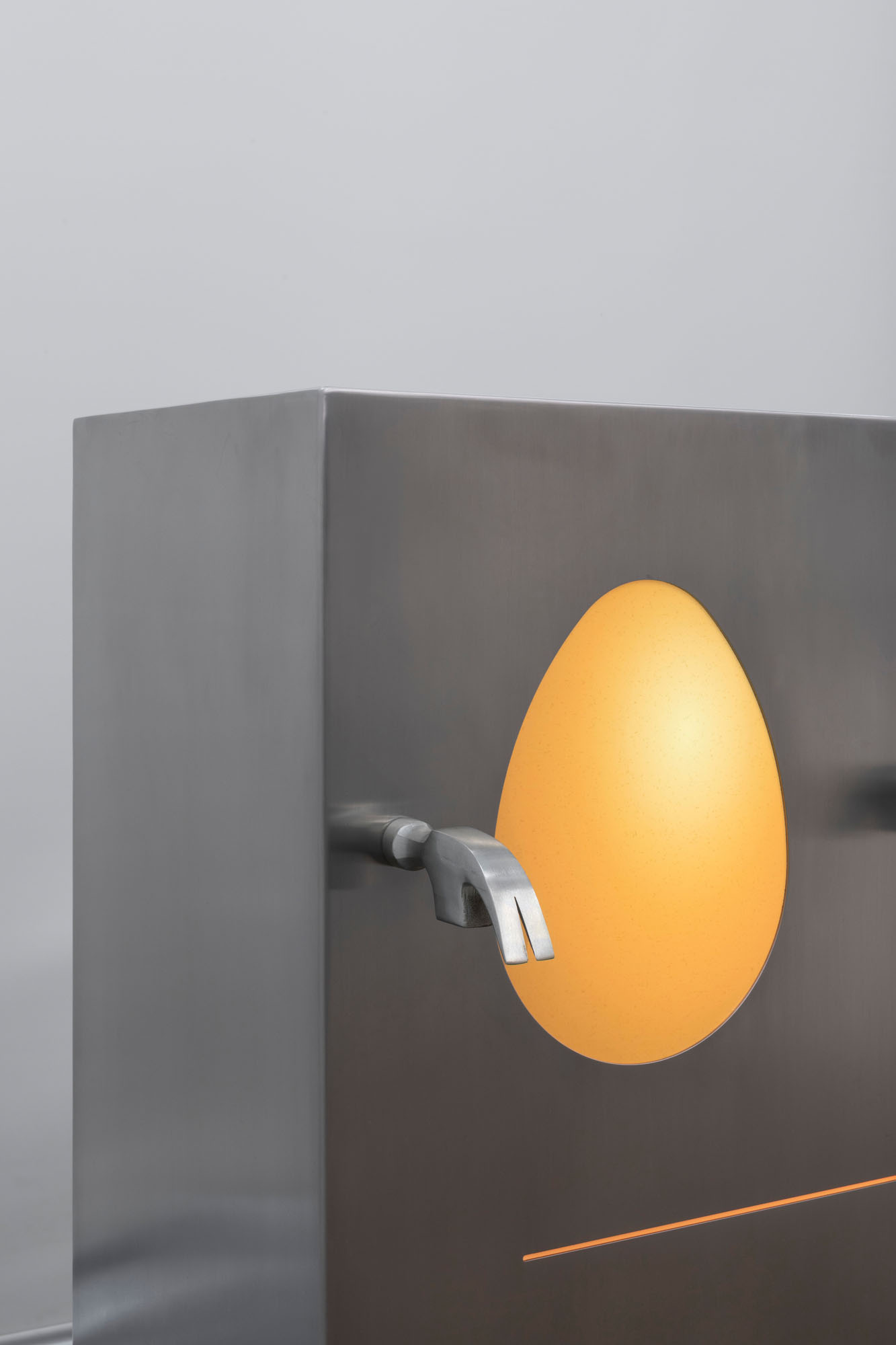
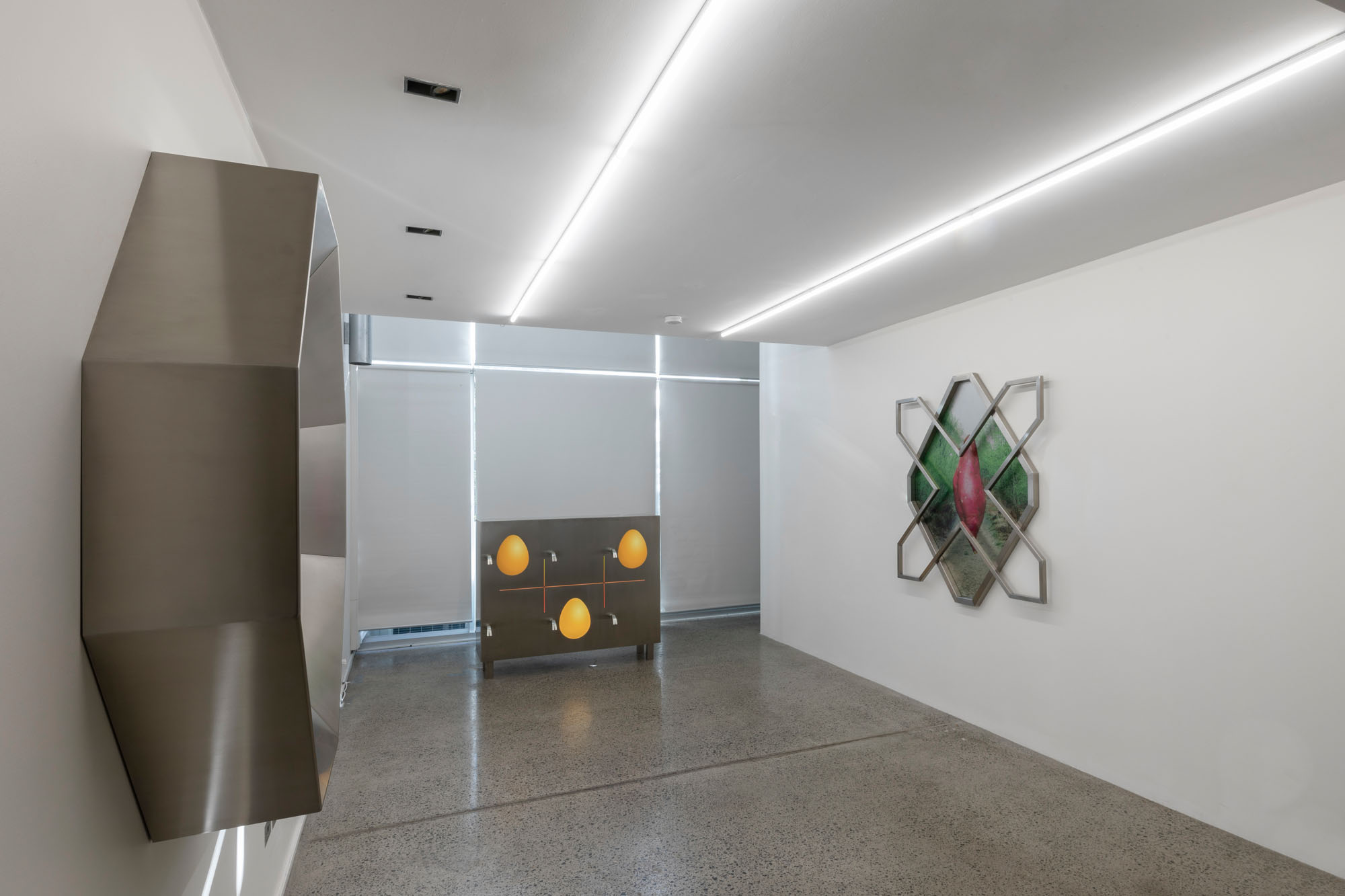
Staple
Jennifer Mathews
May 19 – June 3, 2023
Photography: All images copyright and courtesy of the artist and Laila, Sydney
Jennifer Mathews is an artist based in South Australia. She works across metalwork and assemblage to create freestanding and relief sculptures. Utilising architectural motifs and materials, her work focuses on the tension between the industrial built environment and stylised depictions of nature to form new symbolic arrangements.
O FLUXO is an online platform for contemporary art.
EST. Lisbon 2010
Follow us:
@instagram
@facebook
O FLUXO
© 2023
